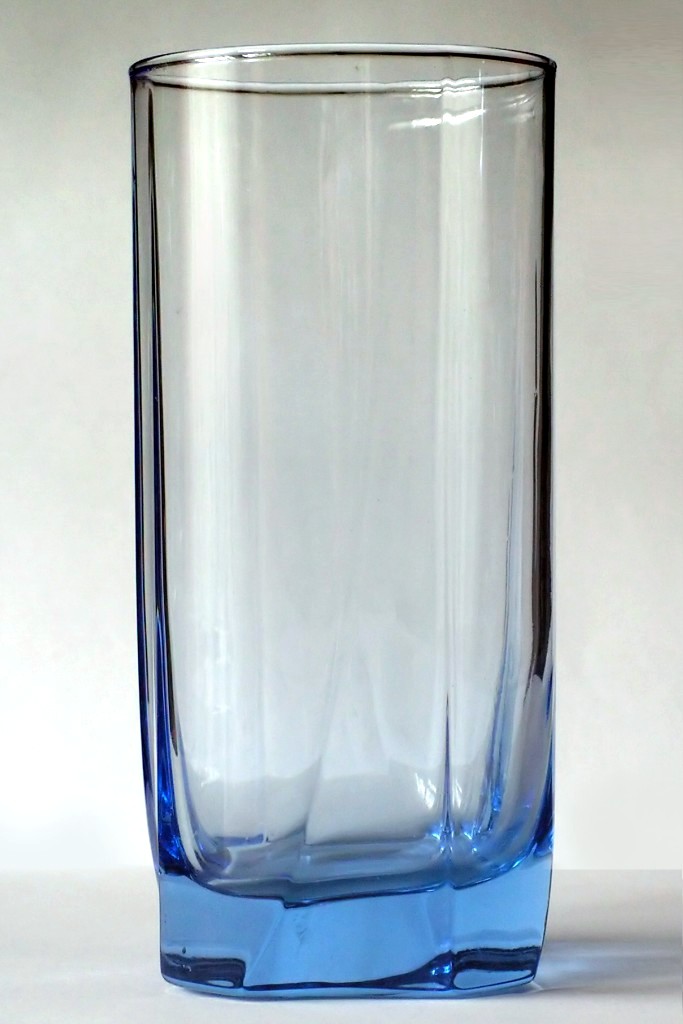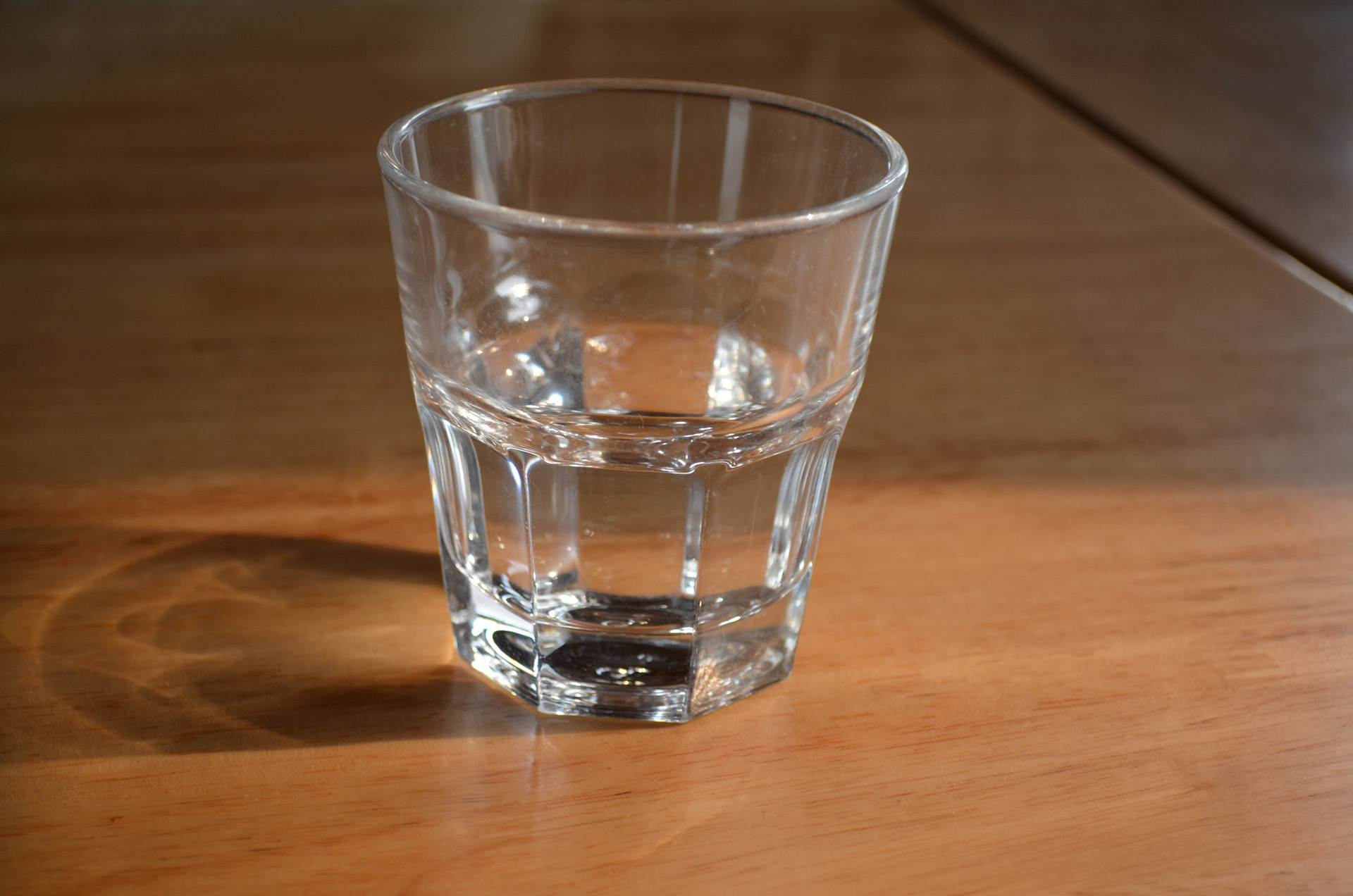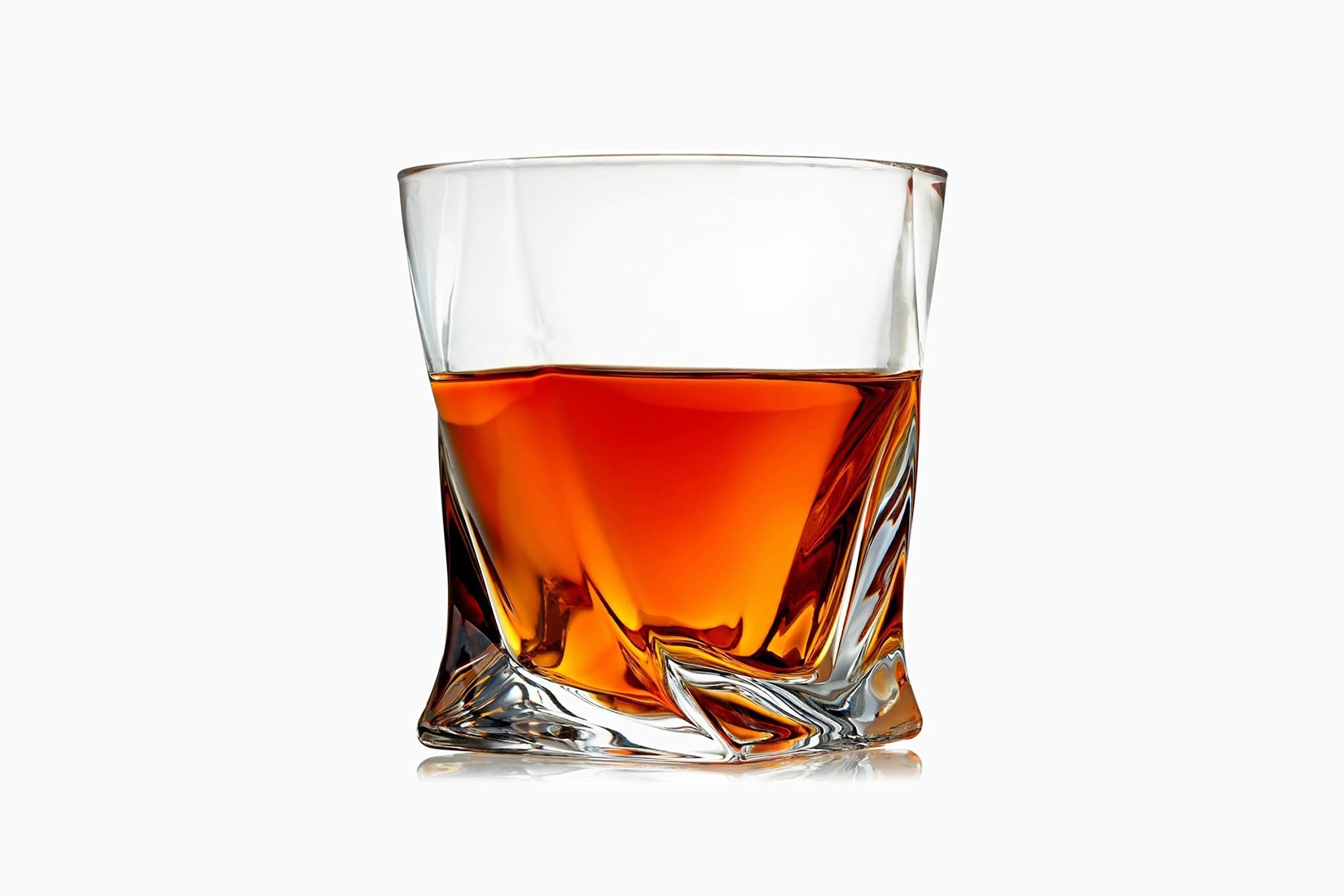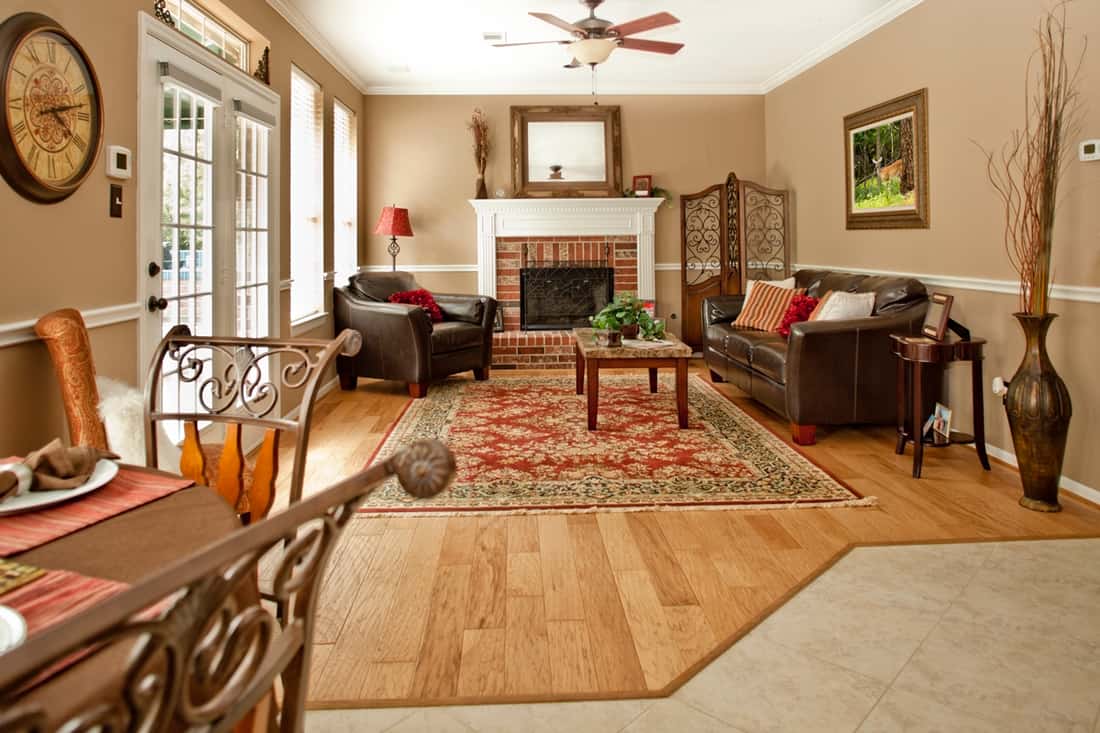Stainless steel sinks are one of the most popular choices for kitchens, and for good reason. They are durable, easy to clean, and can match well with most kitchen designs. Stainless steel is also a hygienic and non-porous material, making it resistant to bacteria and stains. One of the main pros of stainless steel sinks is their affordability. They are relatively inexpensive compared to other materials, making them a budget-friendly option for homeowners. They are also lightweight and easy to install. However, one of the cons of stainless steel sinks is that they can easily scratch and show water spots. They also tend to be noisy when water is running or dishes are being washed, which can be a nuisance for some people. Regular maintenance and cleaning is important to keep stainless steel sinks looking their best.Stainless Steel
Cast iron sinks are known for their durability and classic look. They are made by pouring molten iron into a mold, resulting in a heavy and solid sink. Cast iron sinks are also coated with enamel, which gives them a smooth and glossy finish. The main pro of cast iron sinks is their sturdiness. They are resistant to chipping and scratching, and can withstand heavy use. They also come in a variety of colors, making it easy to find one that matches your kitchen design. However, one of the main cons of cast iron sinks is their weight. They are much heavier than other sink materials, which can make installation more difficult. They also require regular cleaning and maintenance to prevent the enamel from chipping or staining. Additionally, cast iron sinks tend to be more expensive compared to other materials.Cast Iron
Composite granite sinks are made from a combination of crushed granite and resin. This material is durable and can mimic the look of natural stone without the high price tag. Composite granite sinks are also heat, scratch, and stain-resistant, making them a popular choice for busy kitchens. One of the main pros of composite granite sinks is their durability. They can withstand heavy use and are less likely to chip or scratch compared to other materials. They are also available in a variety of colors to match different kitchen designs. However, one of the cons of composite granite sinks is that they can be quite heavy and difficult to install. They also require regular cleaning and maintenance, as the surface can become dull or scratched over time. Composite granite sinks are also more expensive compared to other materials.Composite Granite
Fireclay sinks are made from a combination of clay and glaze that is heated to high temperatures. This results in a smooth and glossy finish that is resistant to scratches and stains. Fireclay sinks are also known for their classic and elegant look, making them a popular choice for traditional and farmhouse-style kitchens. The main pro of fireclay sinks is their durability. They are resistant to heat, scratches, and stains, making them a long-lasting option for kitchens. They are also easy to clean and maintain. However, one of the main cons of fireclay sinks is their weight. They are heavy and require professional installation. They are also more expensive compared to other materials. Additionally, fireclay sinks can be prone to chipping and cracking if not properly cared for.Fireclay
Copper sinks have gained popularity in recent years due to their unique and eye-catching appearance. They are made from solid copper and can be either polished or left to develop a natural patina over time. Copper sinks are also antimicrobial, making them a hygienic choice for kitchens. The main pro of copper sinks is their aesthetic appeal. They can add a touch of warmth and elegance to any kitchen. They are also durable and can withstand high temperatures without getting damaged. However, one of the main cons of copper sinks is their high price tag. They are one of the most expensive sink materials available. They also require regular cleaning and maintenance to prevent the development of a patina, which some may find undesirable. Copper sinks can also be prone to scratching and denting if not properly cared for.Copper
Porcelain sinks are made from a combination of clay and other materials that are then fired at high temperatures. They have a smooth and glossy finish that is resistant to stains and scratches. Porcelain sinks are also available in a variety of colors to match different kitchen designs. The main pro of porcelain sinks is their affordability. They are one of the most budget-friendly options for kitchen sinks. They are also easy to clean and maintain. However, one of the main cons of porcelain sinks is their tendency to chip or crack if heavy objects are dropped on them. They are also prone to staining, especially if they are not cleaned regularly. Porcelain sinks can also be noisy when water is running or dishes are being washed.Porcelain
Marble sinks are a luxurious and elegant choice for kitchens. They are made from a natural stone that is known for its unique veining and patterns. Marble sinks are also durable and can withstand high temperatures, making them a popular choice for busy kitchens. The main pro of marble sinks is their aesthetic appeal. They can add a touch of luxury and sophistication to any kitchen. They are also durable and can last for a long time with proper care. However, one of the main cons of marble sinks is their high price tag. They are one of the most expensive sink materials available. They also require regular sealing and maintenance to prevent stains and damage. Marble sinks can also be prone to scratching and etching from acidic substances.Marble
Quartz sinks are made from a combination of crushed quartz and resin. This results in a durable and non-porous material that is resistant to scratches, stains, and heat. Quartz sinks are also available in a wide range of colors and patterns to match different kitchen designs. The main pro of quartz sinks is their durability. They are one of the toughest sink materials and can withstand heavy use without getting damaged. They are also easy to clean and maintain. However, one of the main cons of quartz sinks is their weight. They can be quite heavy and may require professional installation. They are also more expensive compared to other materials. Additionally, quartz sinks can be prone to chipping and cracking if not properly cared for.Quartz
Acrylic sinks are made from a solid surface material that is resistant to scratches, stains, and heat. They are also available in a variety of colors and patterns. Acrylic sinks are also lightweight and easy to install. The main pro of acrylic sinks is their affordability. They are one of the most budget-friendly options for kitchen sinks. They are also easy to clean and maintain. However, one of the main cons of acrylic sinks is their tendency to scratch and stain easily. They can also be damaged by hot pans or dishes, so using a trivet is recommended. Acrylic sinks can also become discolored over time if not properly cared for.Acrylic
Glass sinks are a modern and stylish choice for kitchens. They are made from tempered glass, which is resistant to heat and impact. Glass sinks are also non-porous and hygienic, making them easy to clean and maintain. The main pro of glass sinks is their aesthetic appeal. They can add a touch of elegance and uniqueness to any kitchen. They are also durable and can last for a long time with proper care. However, one of the main cons of glass sinks is their fragility. They can be prone to cracking or shattering if heavy objects are dropped on them. They also require regular cleaning and maintenance to prevent water spots and smudges. Glass sinks can also be more expensive compared to other materials.Glass
Pros and Cons of Different Kitchen Sink Materials
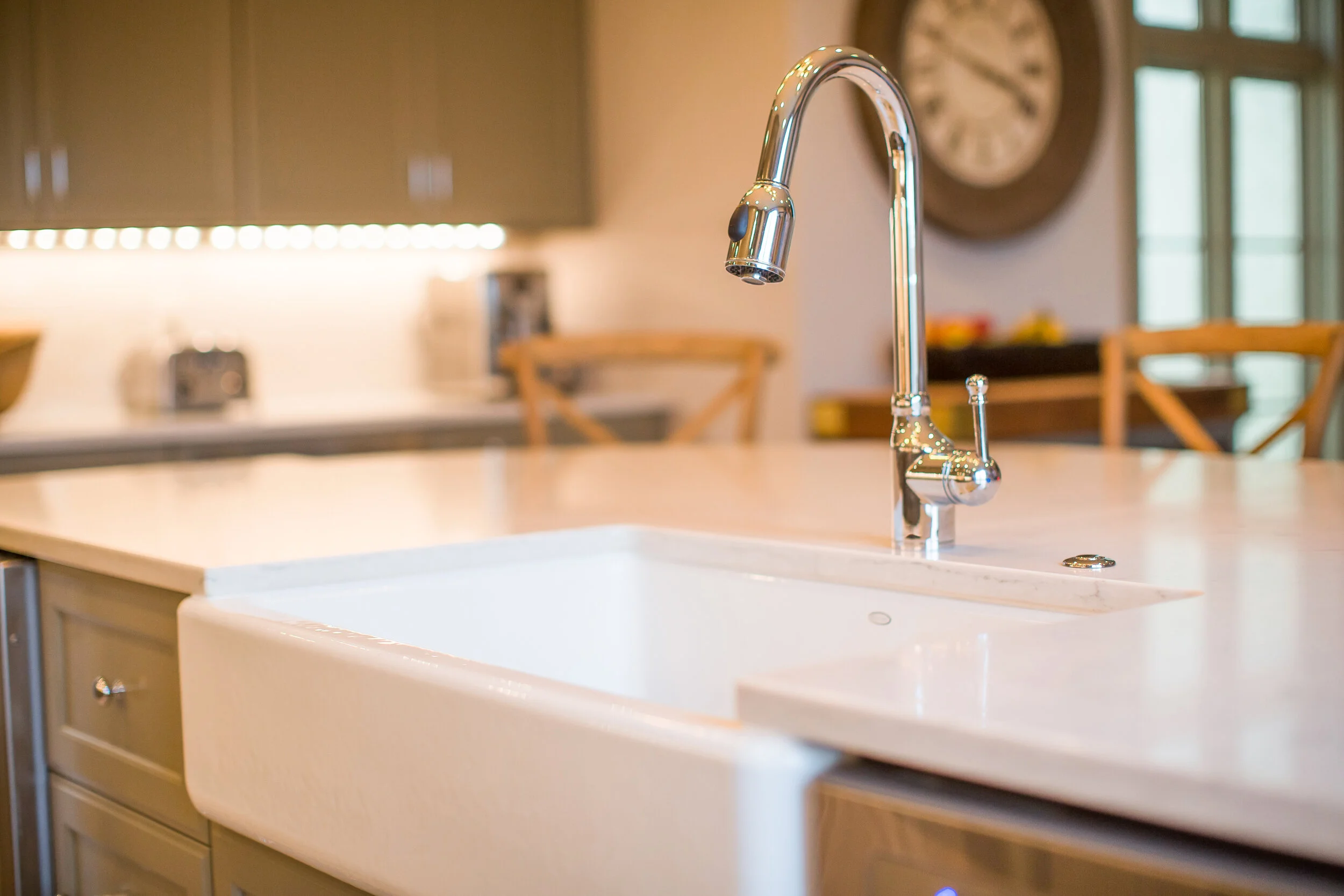
Granite
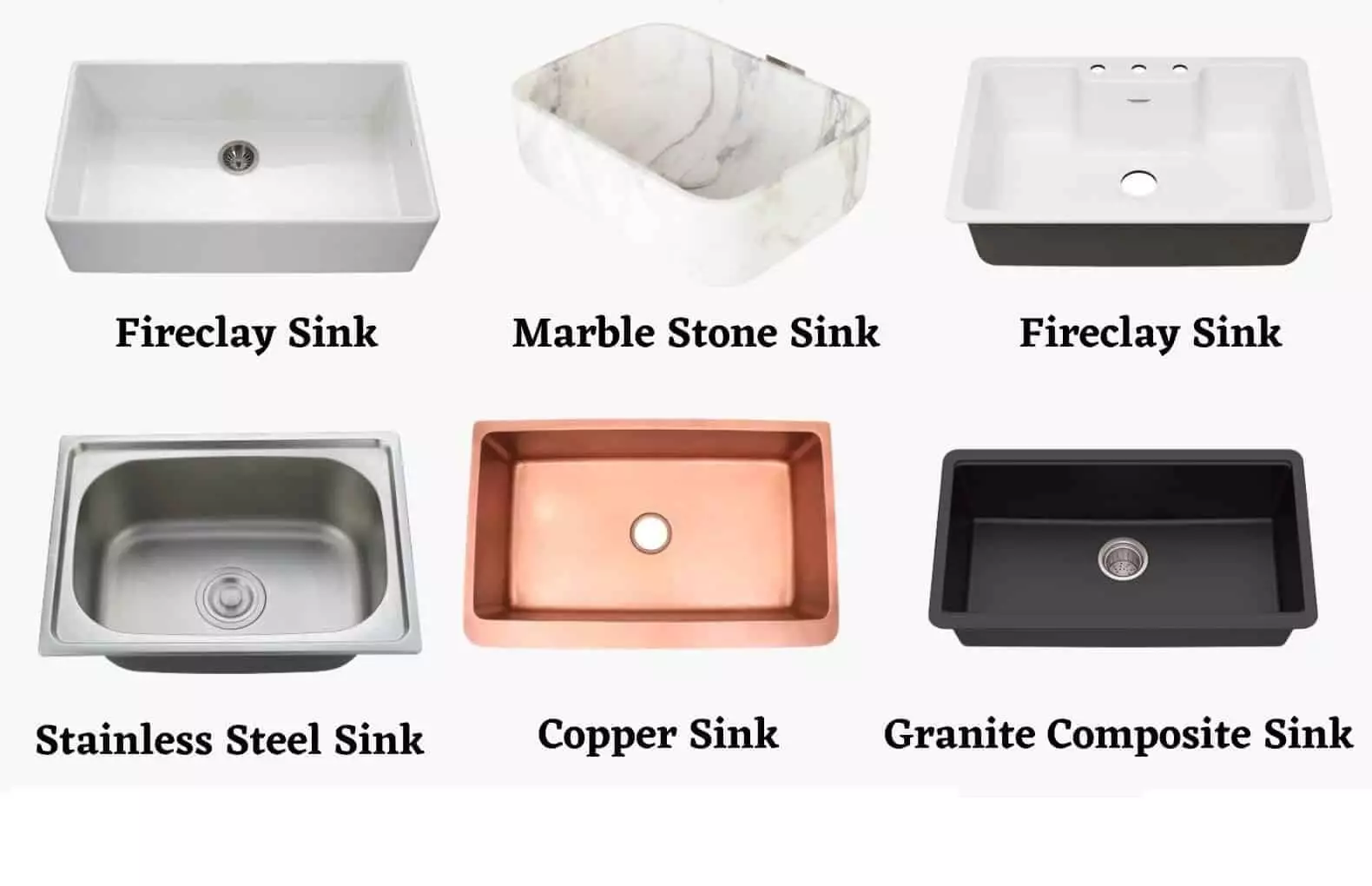 Granite sinks are a popular choice among homeowners due to their durability and natural aesthetic. They are made from a combination of granite stone and resin, making them highly resistant to scratches and stains. Granite sinks also come in a variety of colors to match any kitchen design. However, they can be quite expensive and require regular sealing to maintain their shine.
Granite sinks are a popular choice among homeowners due to their durability and natural aesthetic. They are made from a combination of granite stone and resin, making them highly resistant to scratches and stains. Granite sinks also come in a variety of colors to match any kitchen design. However, they can be quite expensive and require regular sealing to maintain their shine.
Stainless Steel
/Basic-kitchen-sink-types-1821207_color_rev-0b539306b9ef4236a136624ad2a89a4c.jpg) Stainless steel sinks are a classic and budget-friendly option for kitchen sinks. They are heat and stain-resistant, making them easy to maintain and long-lasting. With their sleek and modern appearance, stainless steel sinks can complement any kitchen design. However, they can be prone to scratches and water spots, and the sound of running water can be quite loud.
Stainless steel sinks are a classic and budget-friendly option for kitchen sinks. They are heat and stain-resistant, making them easy to maintain and long-lasting. With their sleek and modern appearance, stainless steel sinks can complement any kitchen design. However, they can be prone to scratches and water spots, and the sound of running water can be quite loud.
Cast Iron
 Cast iron sinks have been a staple in kitchens for decades due to their durability and classic look. They are made by coating a layer of enamel over a cast iron base, making them resistant to heat and stains. Cast iron sinks also come in a variety of colors and styles to fit any kitchen design. However, they are prone to chipping and can be quite heavy, requiring extra support for installation.
Cast iron sinks have been a staple in kitchens for decades due to their durability and classic look. They are made by coating a layer of enamel over a cast iron base, making them resistant to heat and stains. Cast iron sinks also come in a variety of colors and styles to fit any kitchen design. However, they are prone to chipping and can be quite heavy, requiring extra support for installation.
Fireclay
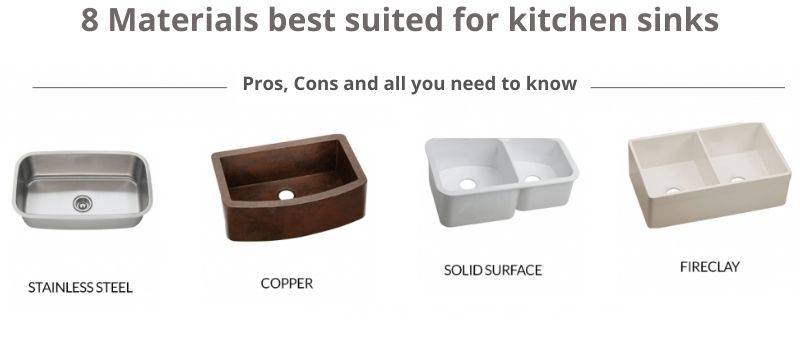 Fireclay sinks are made from a combination of clay and glaze, which is then fired at high temperatures to create a strong and heat-resistant material. They have a smooth and glossy surface, making them easy to clean and maintain. Fireclay sinks also come in a range of colors and sizes, making them a versatile option for any kitchen. However, they can be quite expensive and may require extra support for installation due to their weight.
Fireclay sinks are made from a combination of clay and glaze, which is then fired at high temperatures to create a strong and heat-resistant material. They have a smooth and glossy surface, making them easy to clean and maintain. Fireclay sinks also come in a range of colors and sizes, making them a versatile option for any kitchen. However, they can be quite expensive and may require extra support for installation due to their weight.
Composite
 Composite sinks are a blend of natural materials, such as quartz or granite, and resins. They are highly durable and resistant to scratches, stains, and heat. Composite sinks also come in a variety of colors and styles, making them a versatile choice for any kitchen. However, they can be quite expensive and may require extra care to prevent scratching or staining.
In conclusion
, there are various kitchen sink materials to choose from, each with its own set of pros and cons. It is important to consider your budget, kitchen design, and lifestyle when selecting the right sink material for your home. No matter which material you choose, proper maintenance and care will ensure a long-lasting and functional kitchen sink.
Composite sinks are a blend of natural materials, such as quartz or granite, and resins. They are highly durable and resistant to scratches, stains, and heat. Composite sinks also come in a variety of colors and styles, making them a versatile choice for any kitchen. However, they can be quite expensive and may require extra care to prevent scratching or staining.
In conclusion
, there are various kitchen sink materials to choose from, each with its own set of pros and cons. It is important to consider your budget, kitchen design, and lifestyle when selecting the right sink material for your home. No matter which material you choose, proper maintenance and care will ensure a long-lasting and functional kitchen sink.
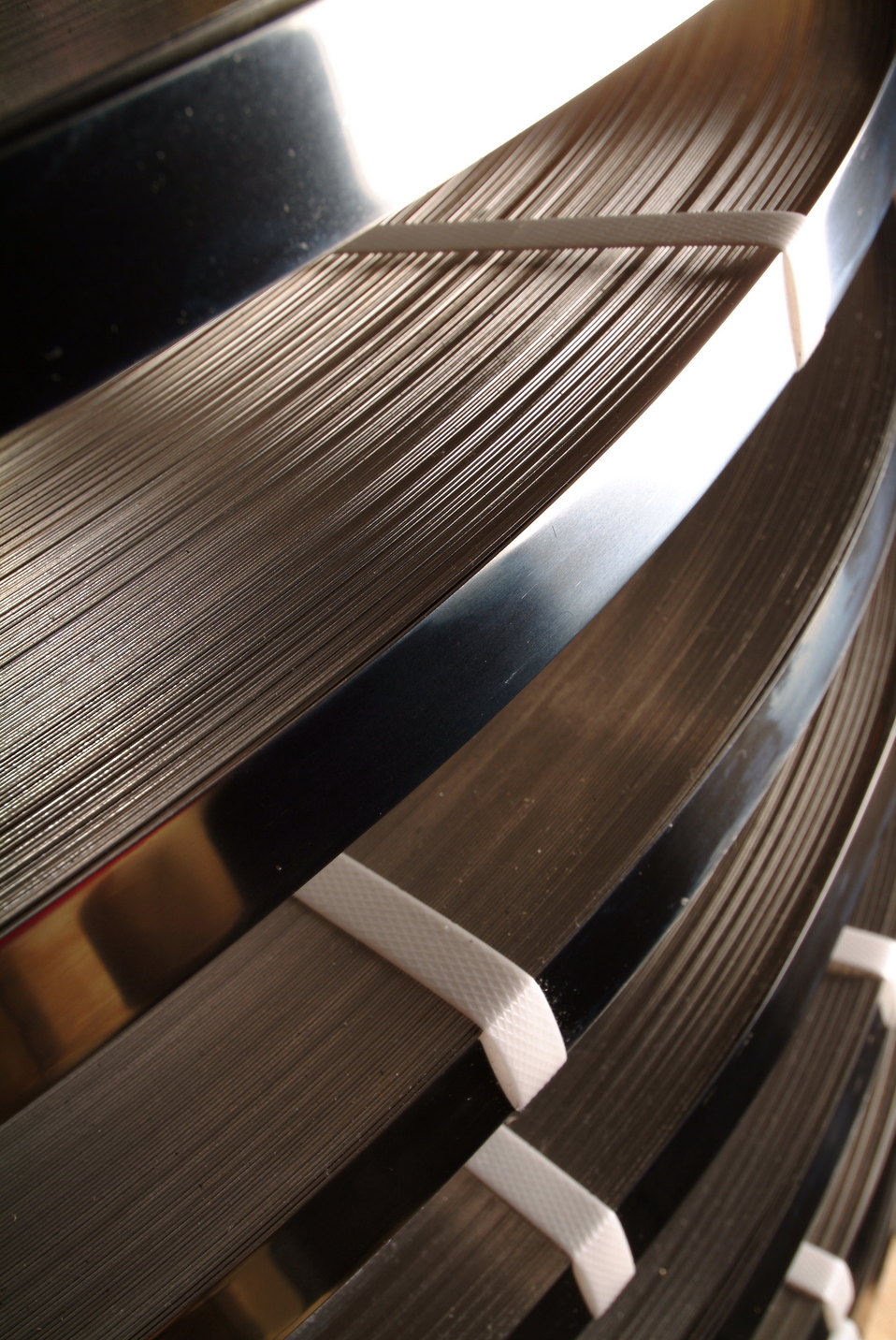

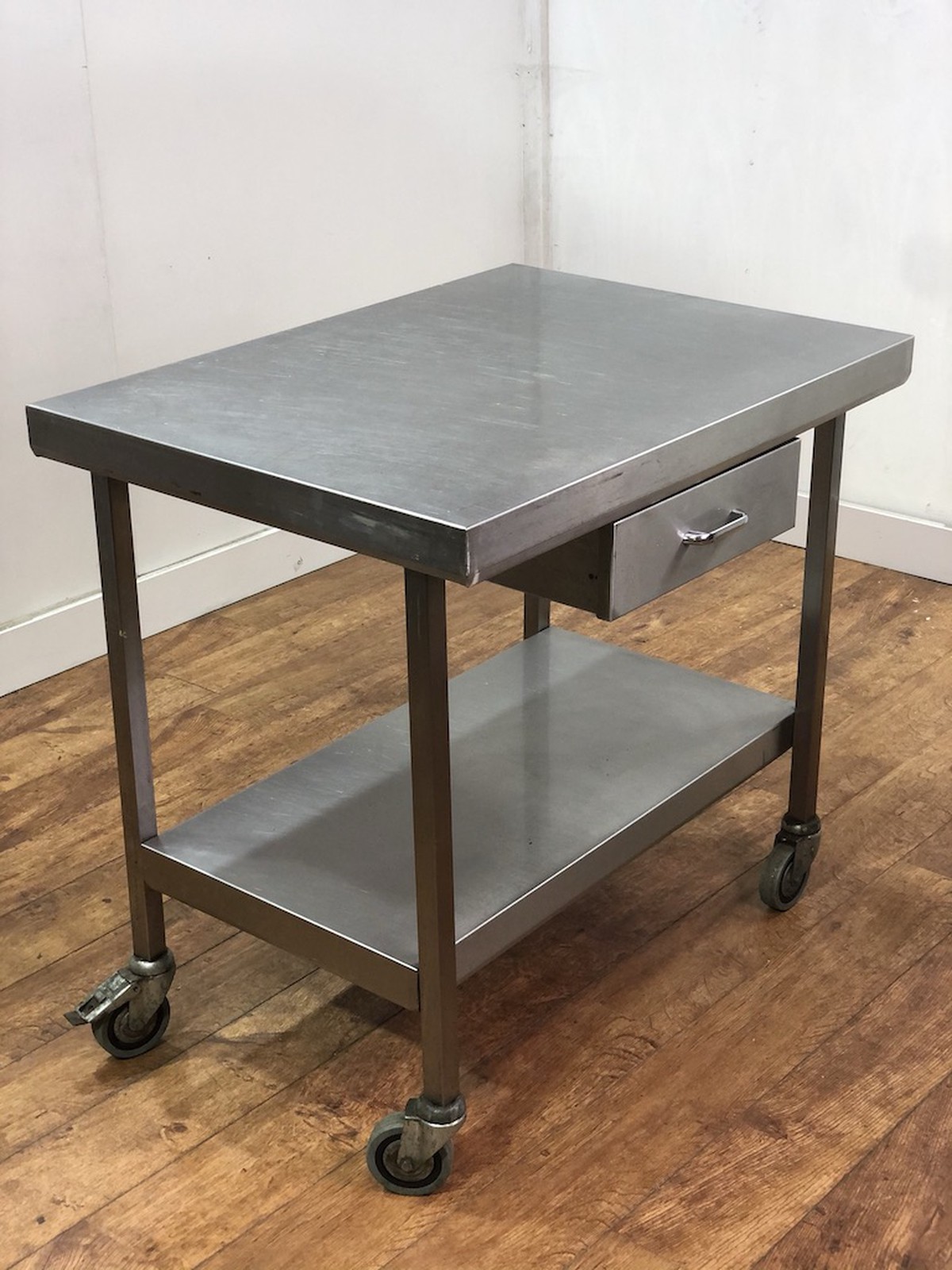
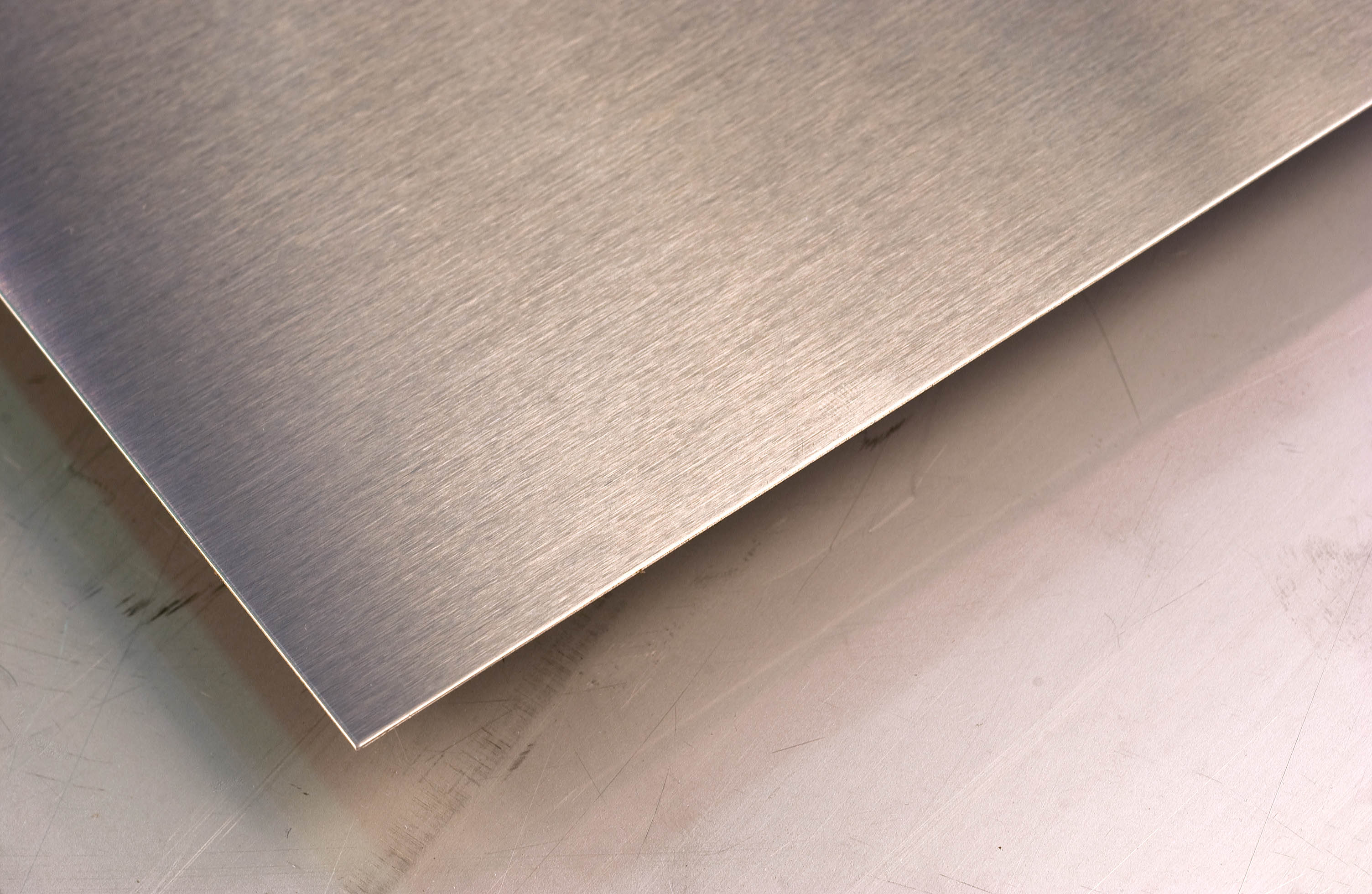




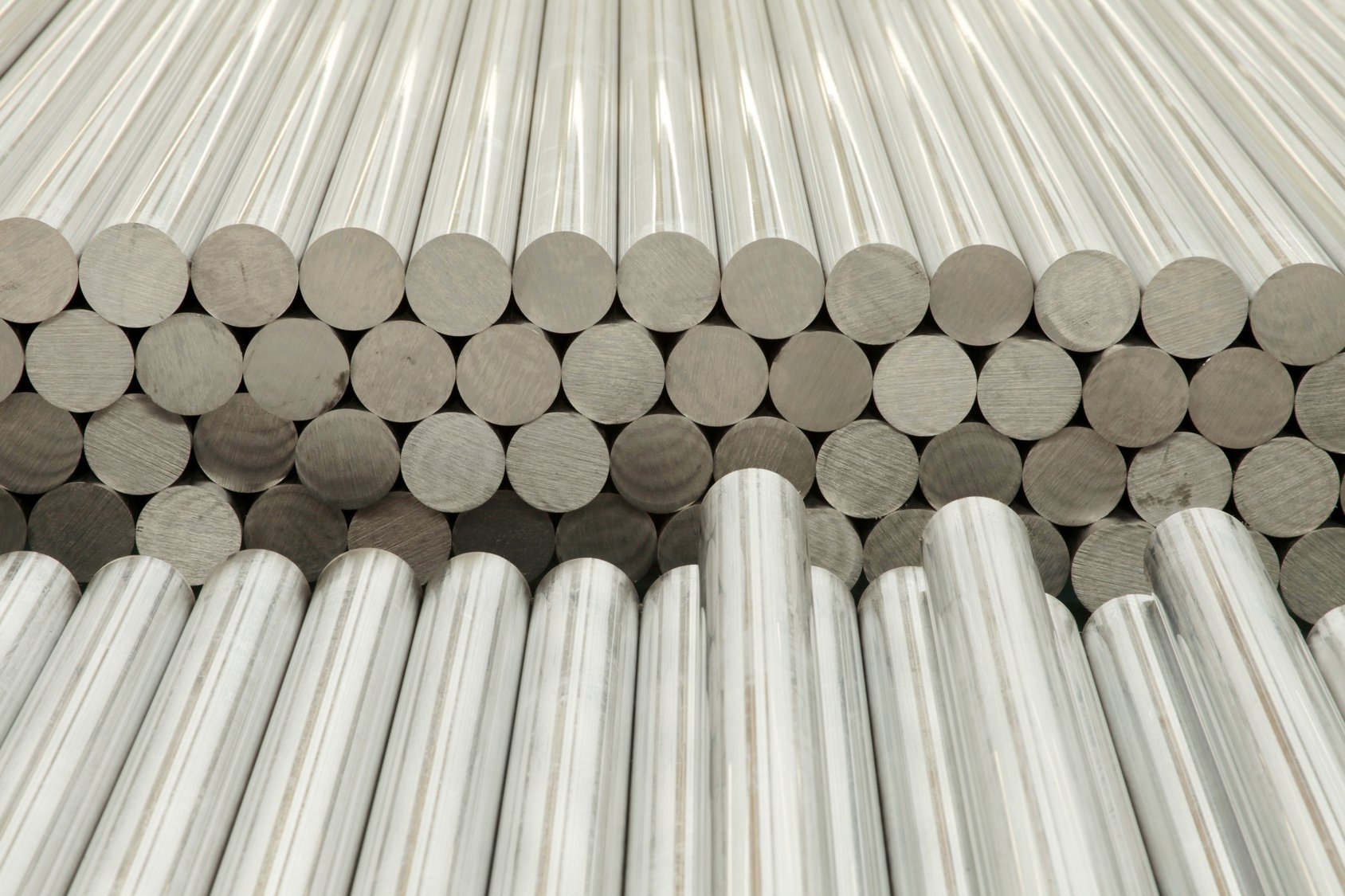
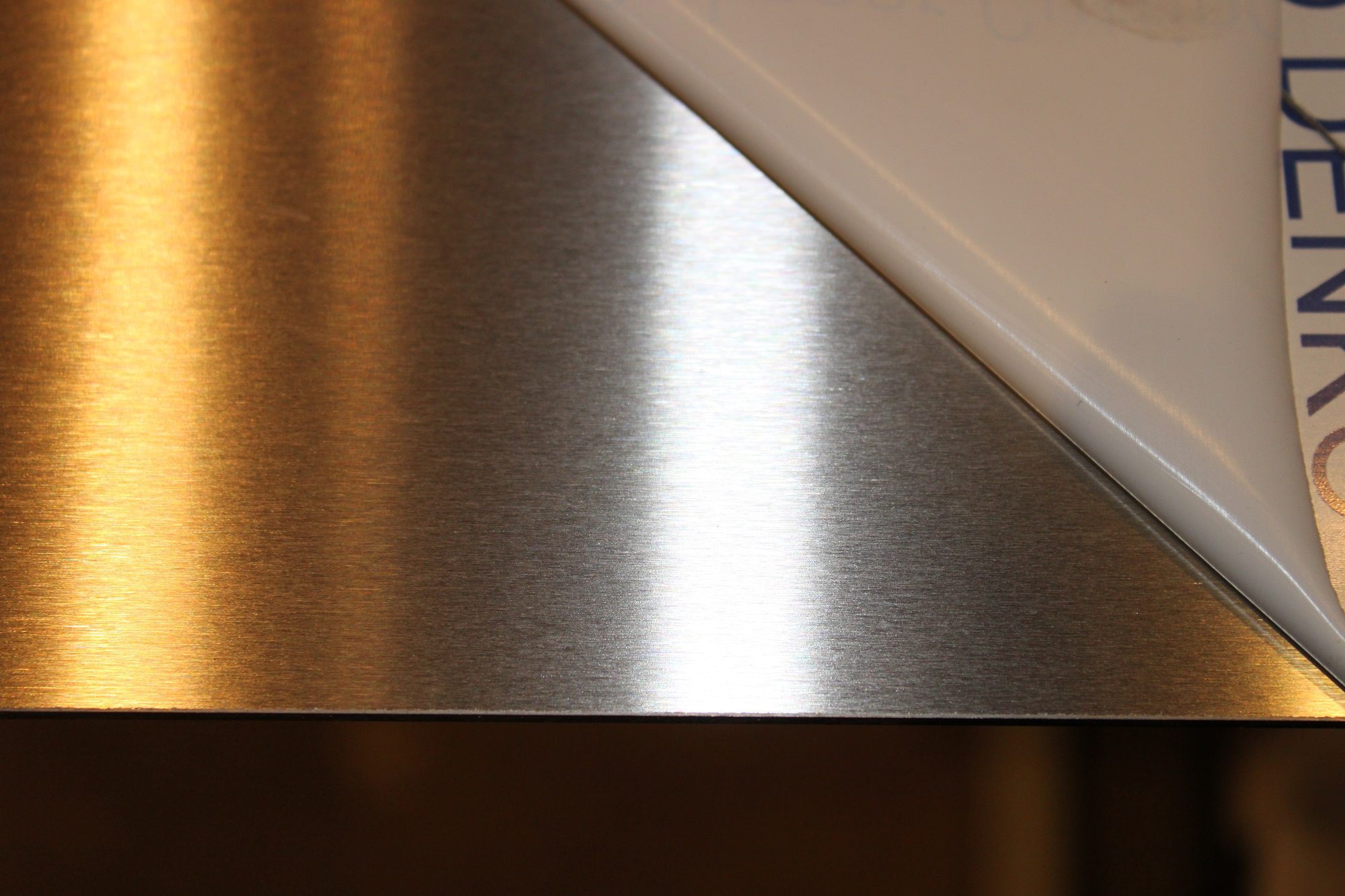
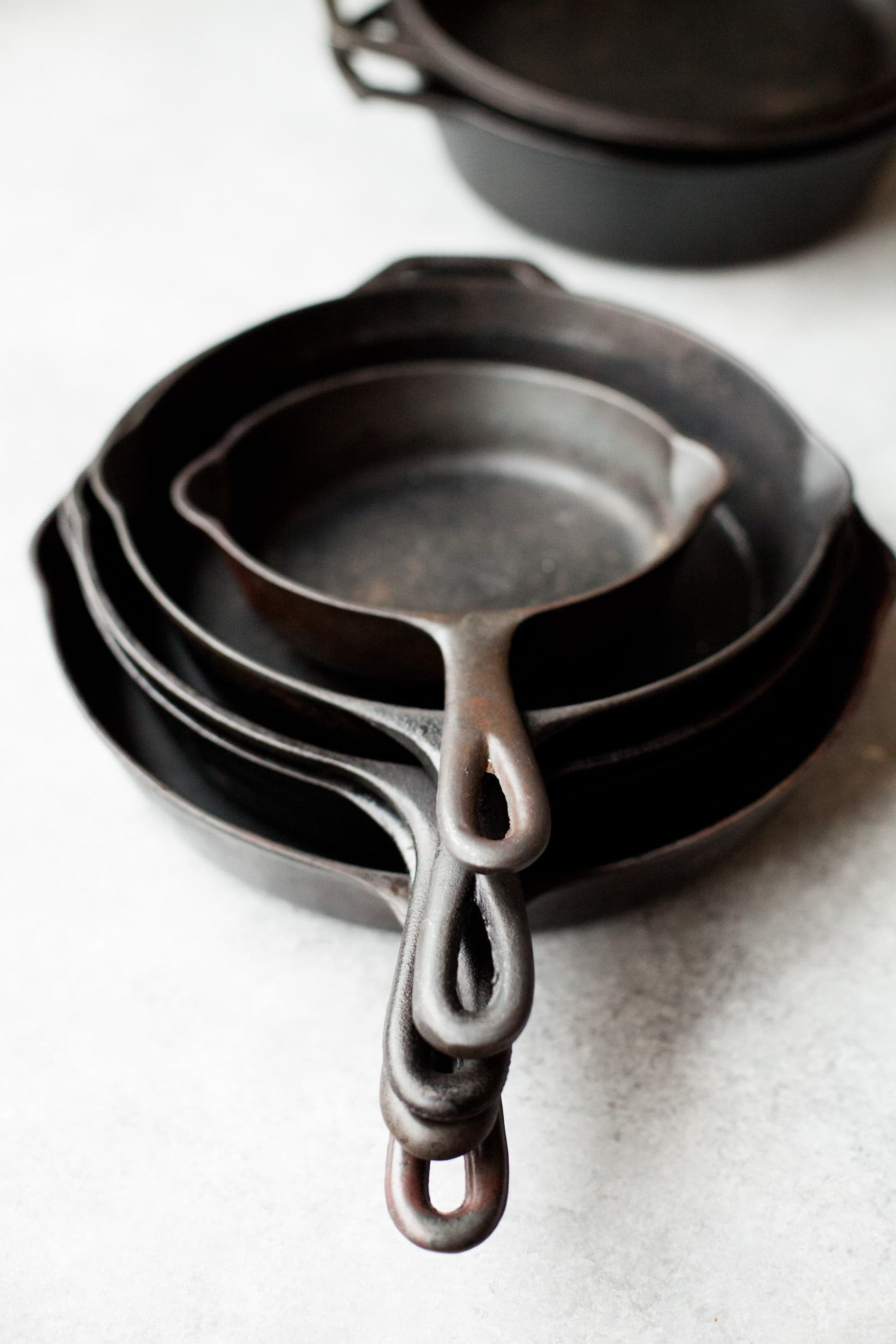
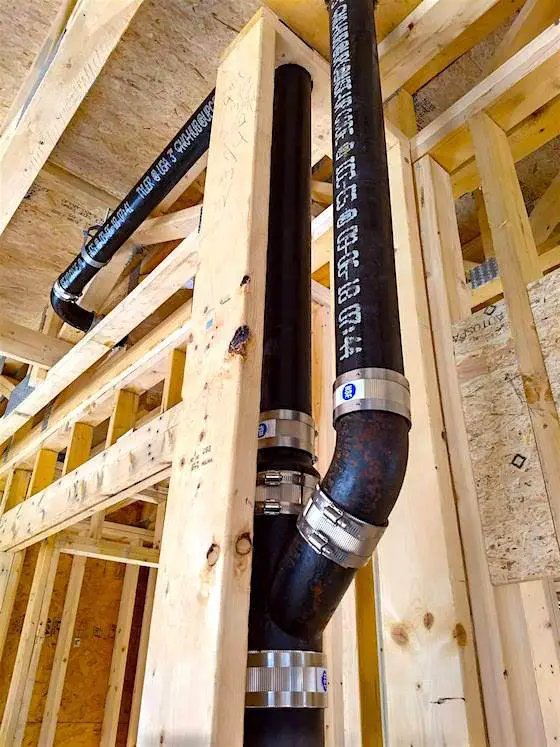
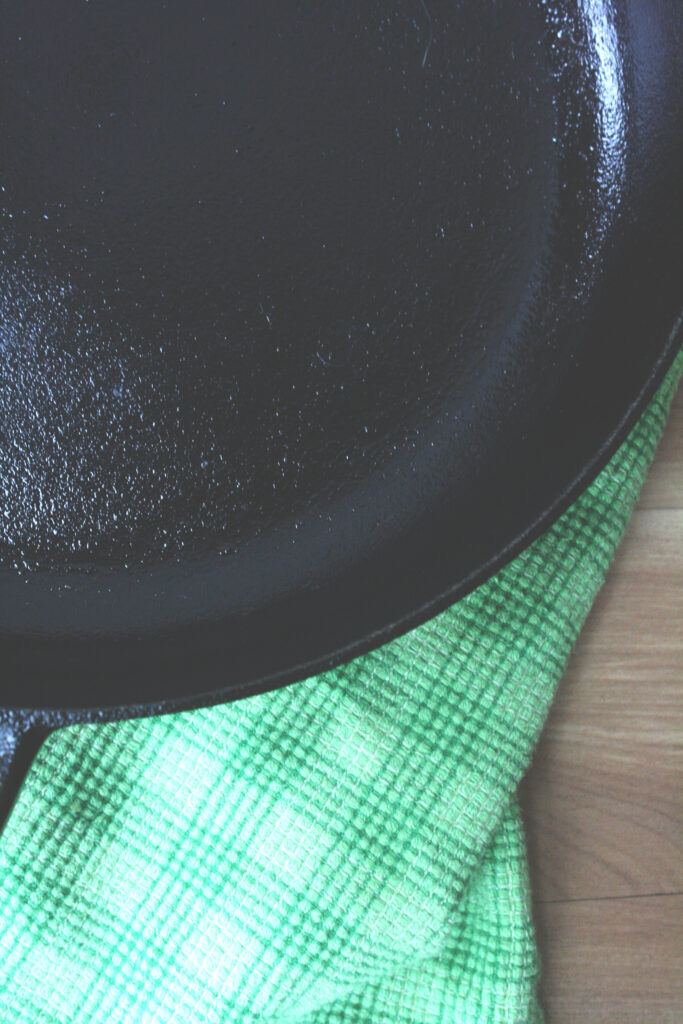





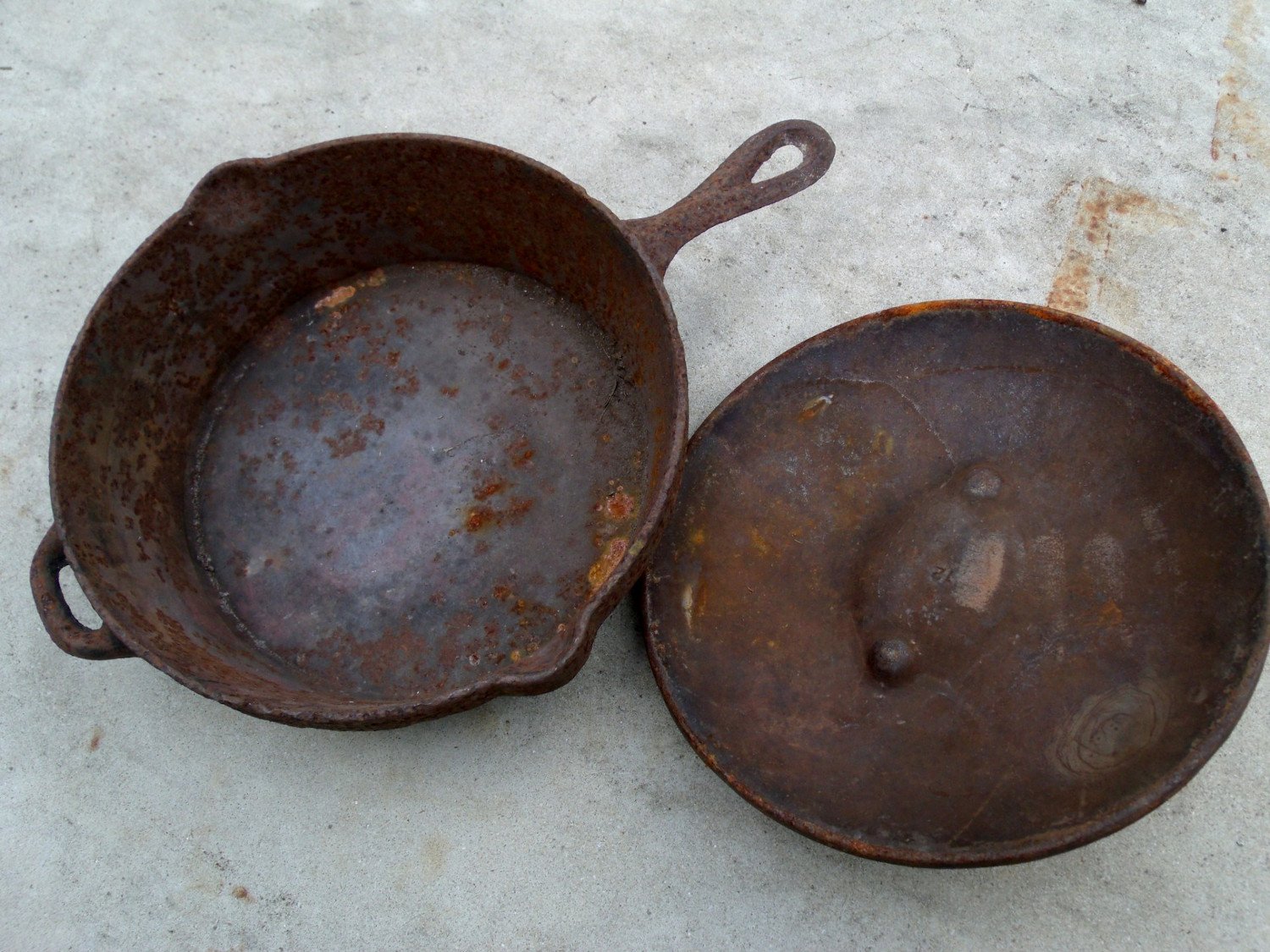
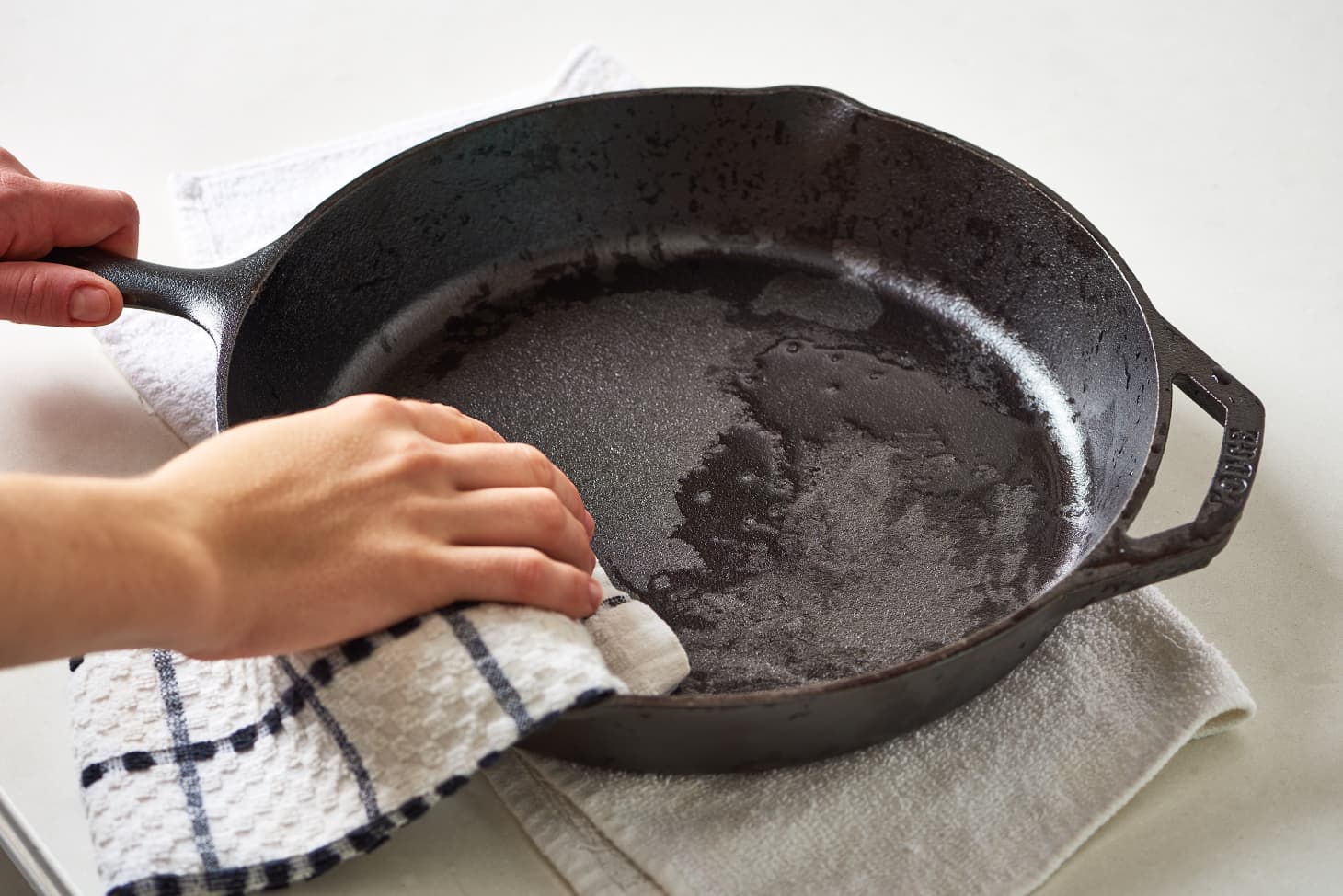


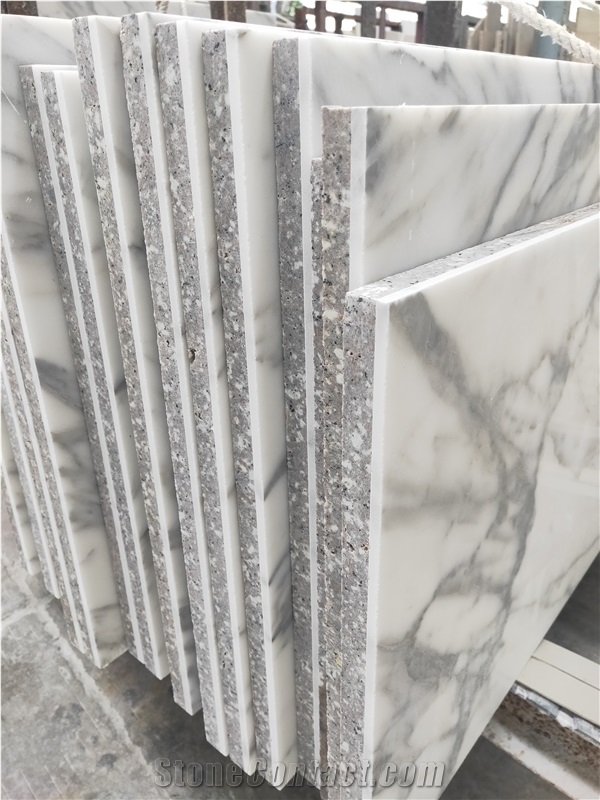
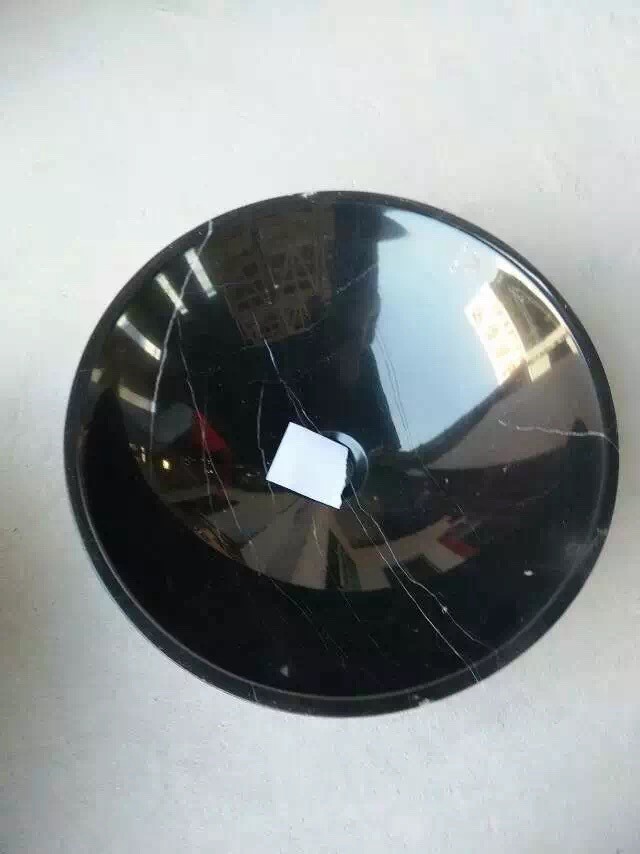


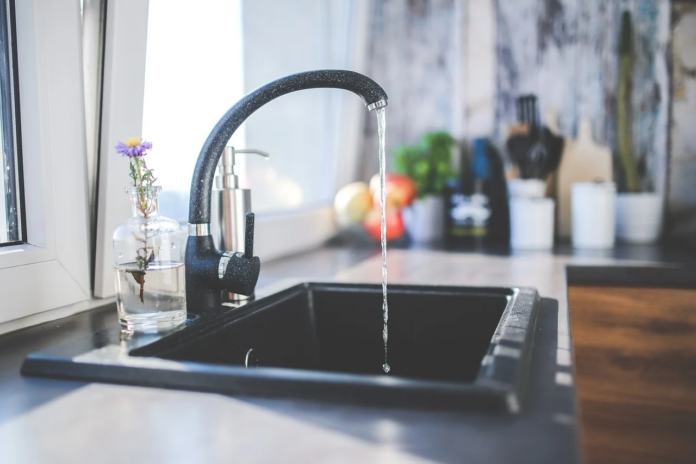


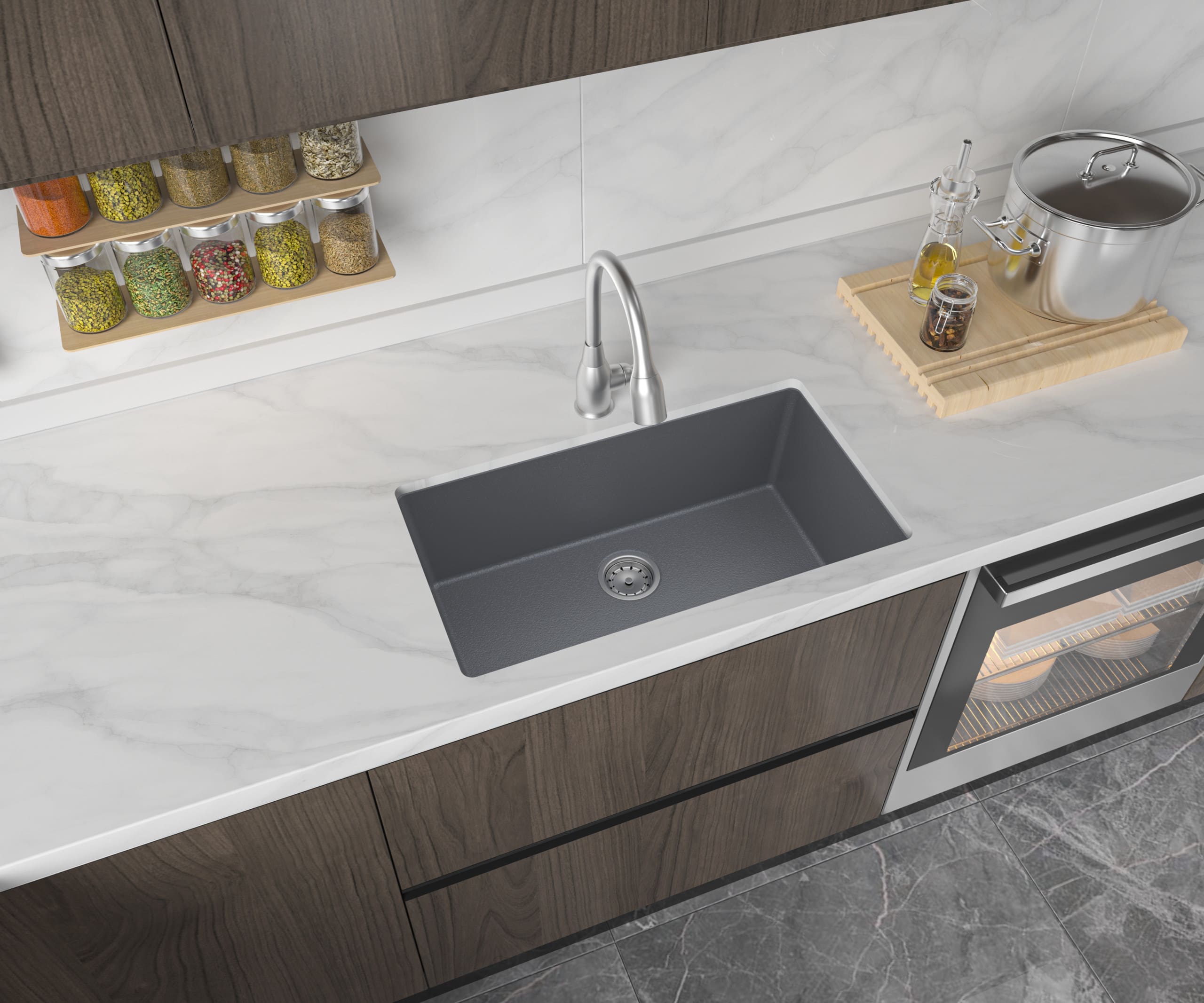
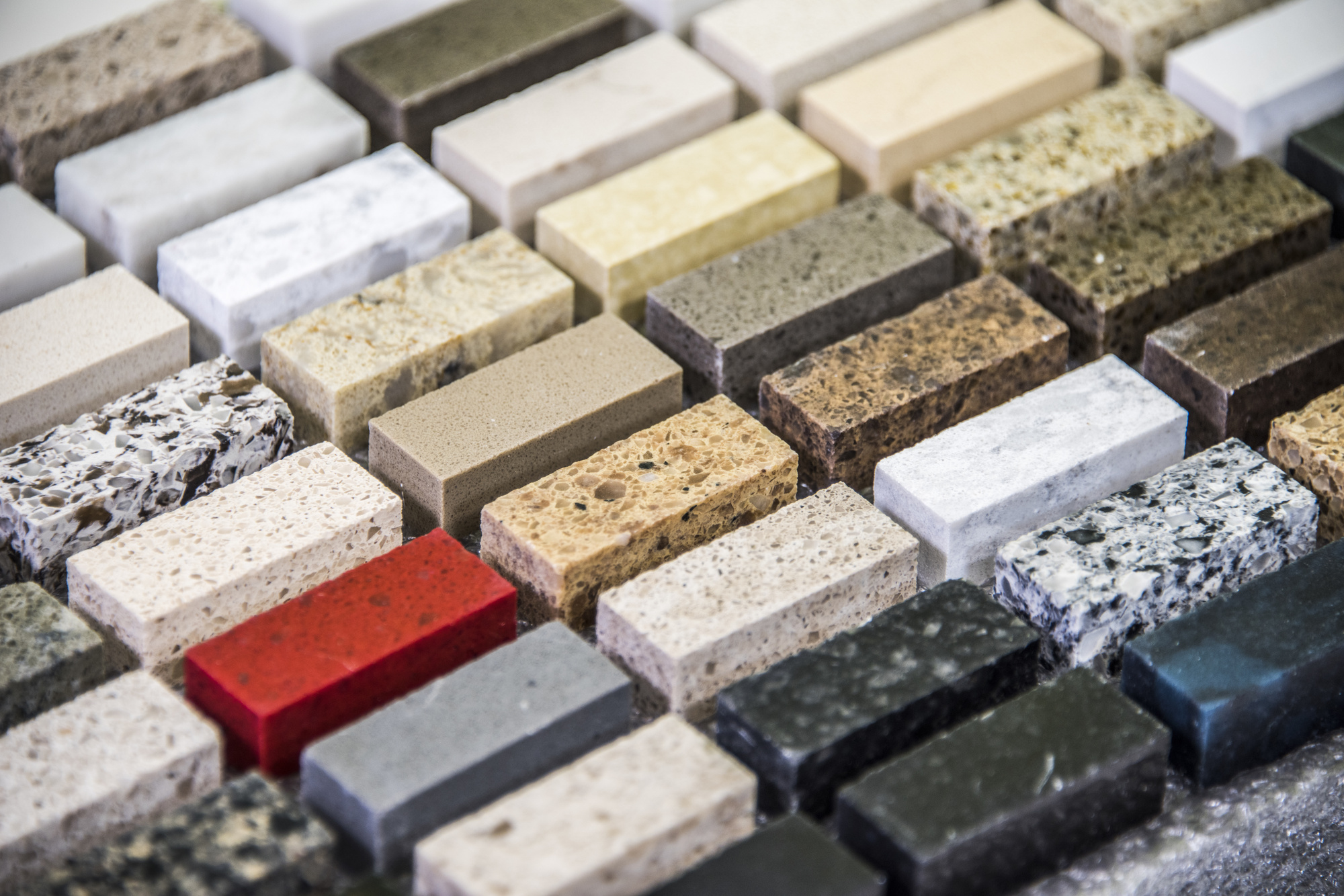


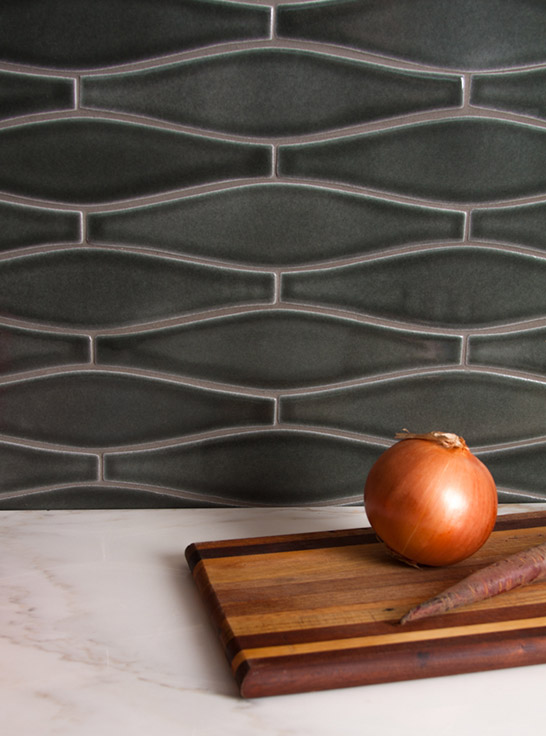
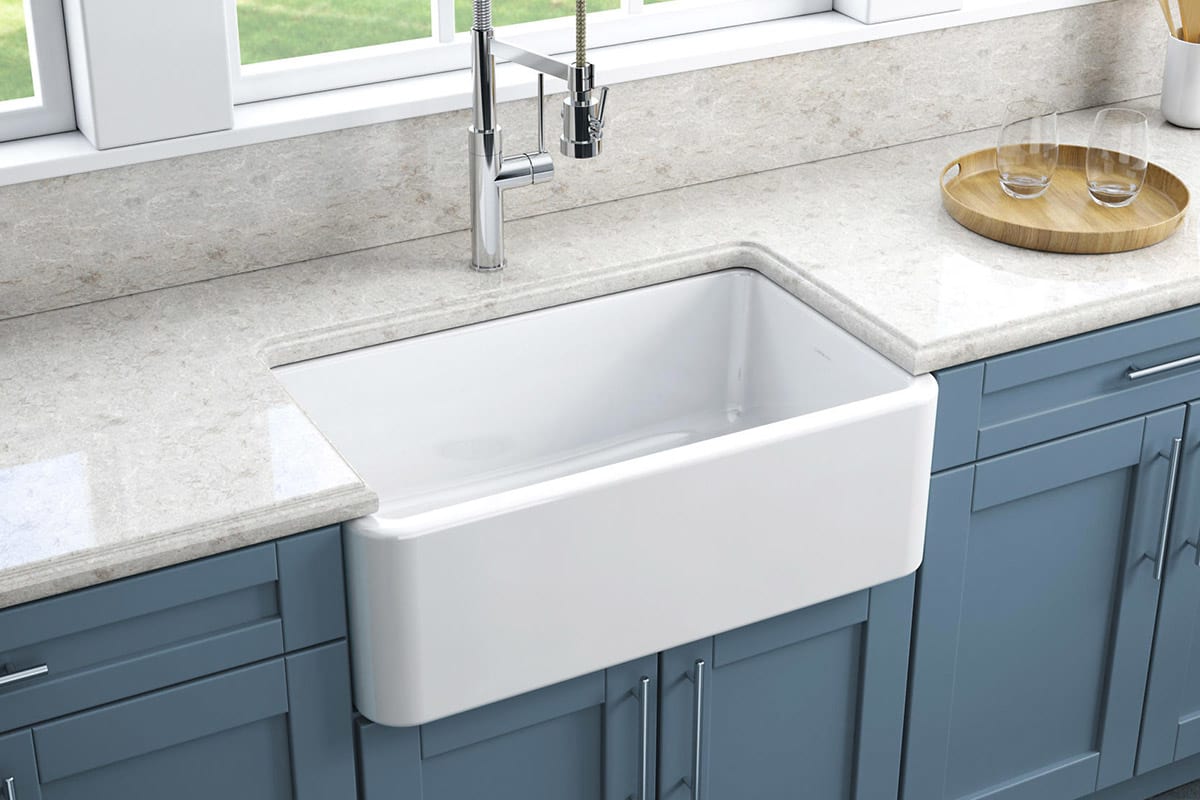

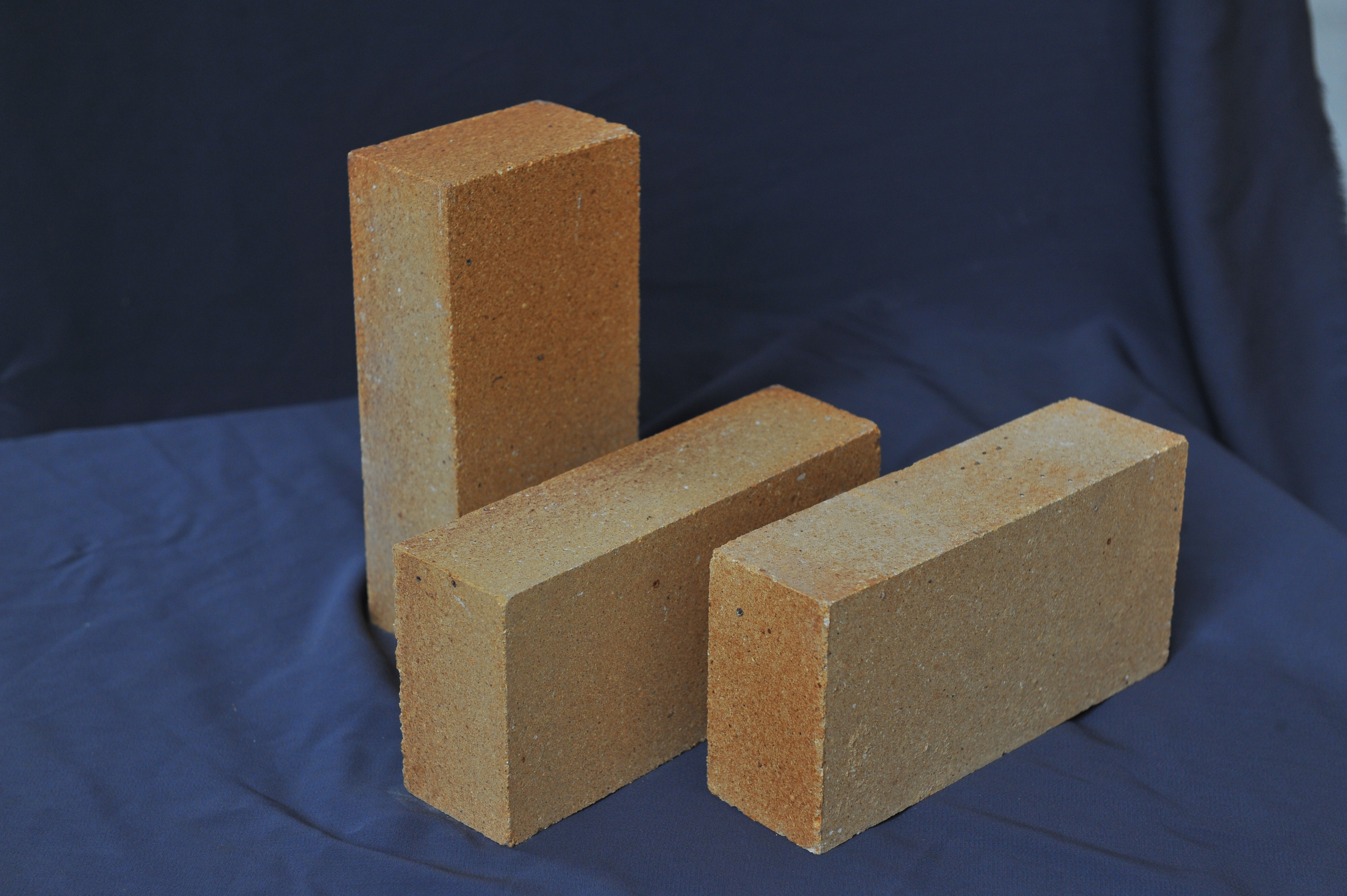
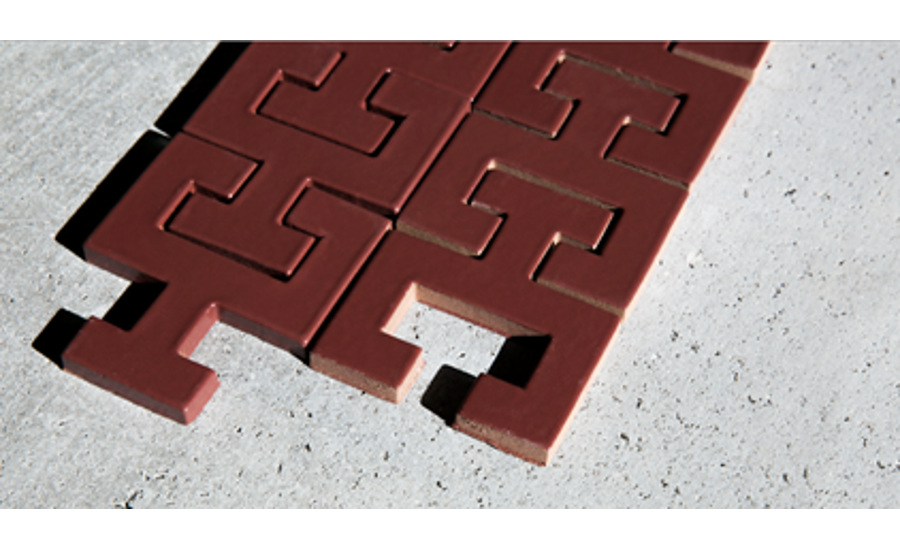






/105781528-56a613de5f9b58b7d0dfcc50.jpg)

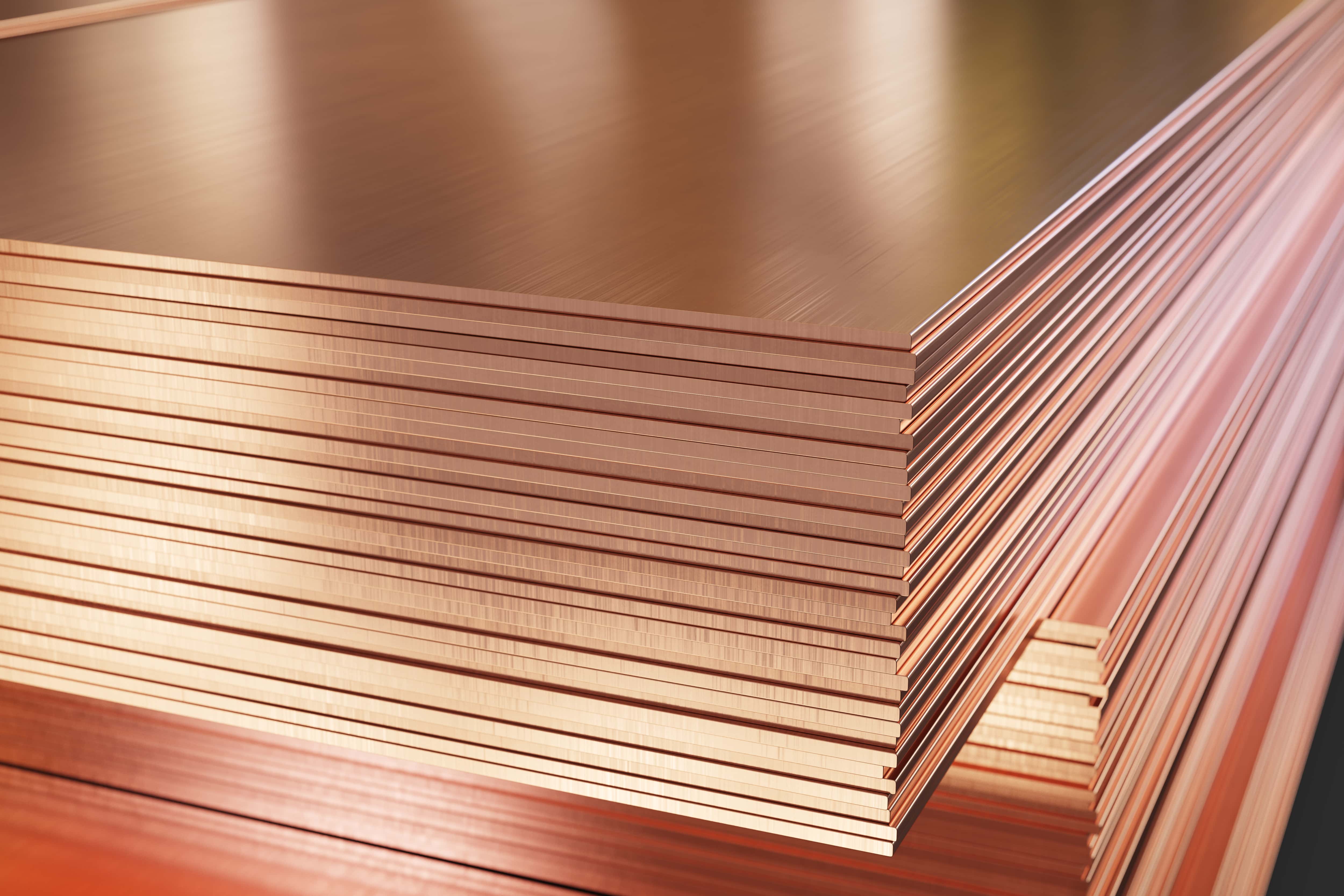

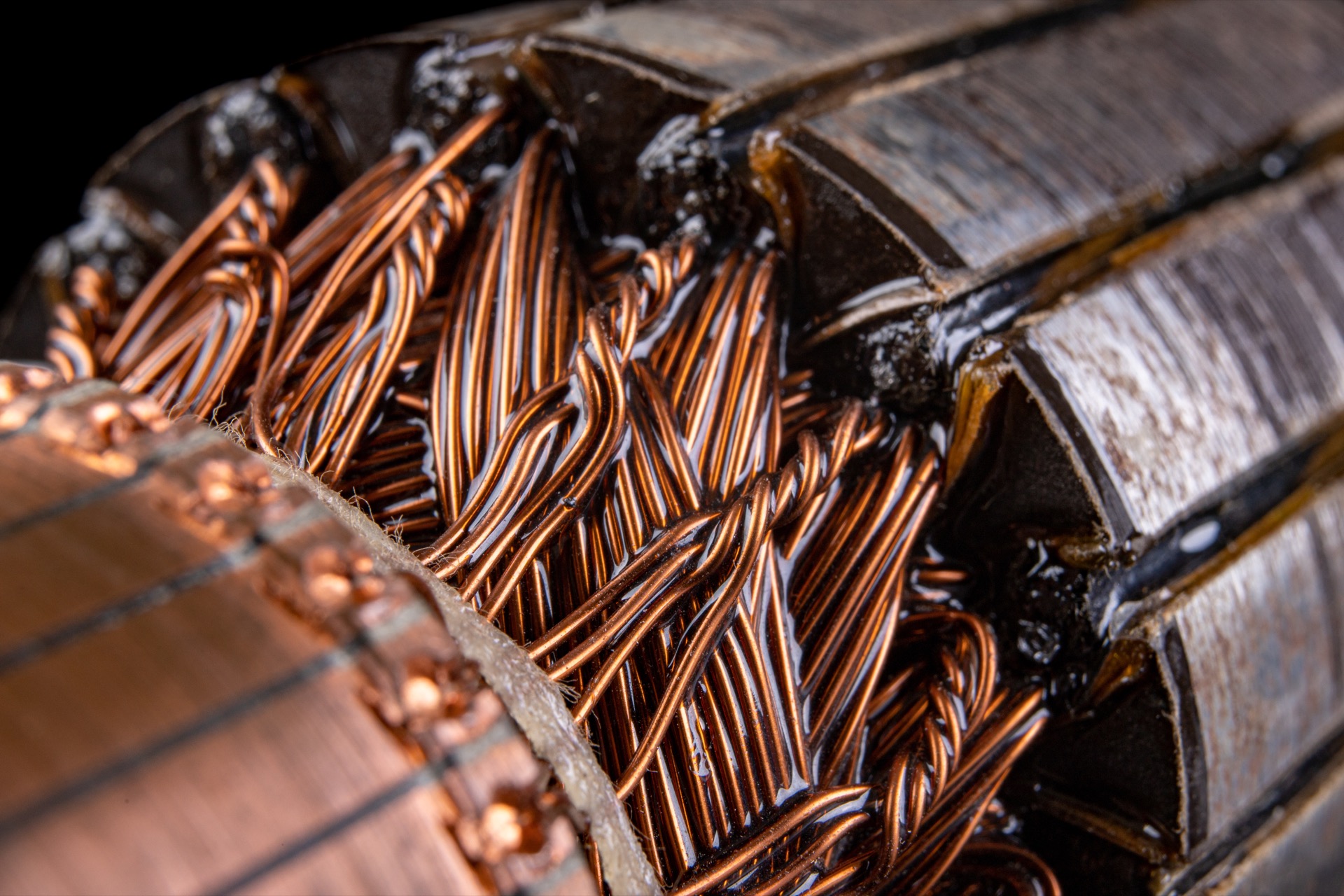
/copper-121849145-5a483b5feb4d52003717794f.jpg)





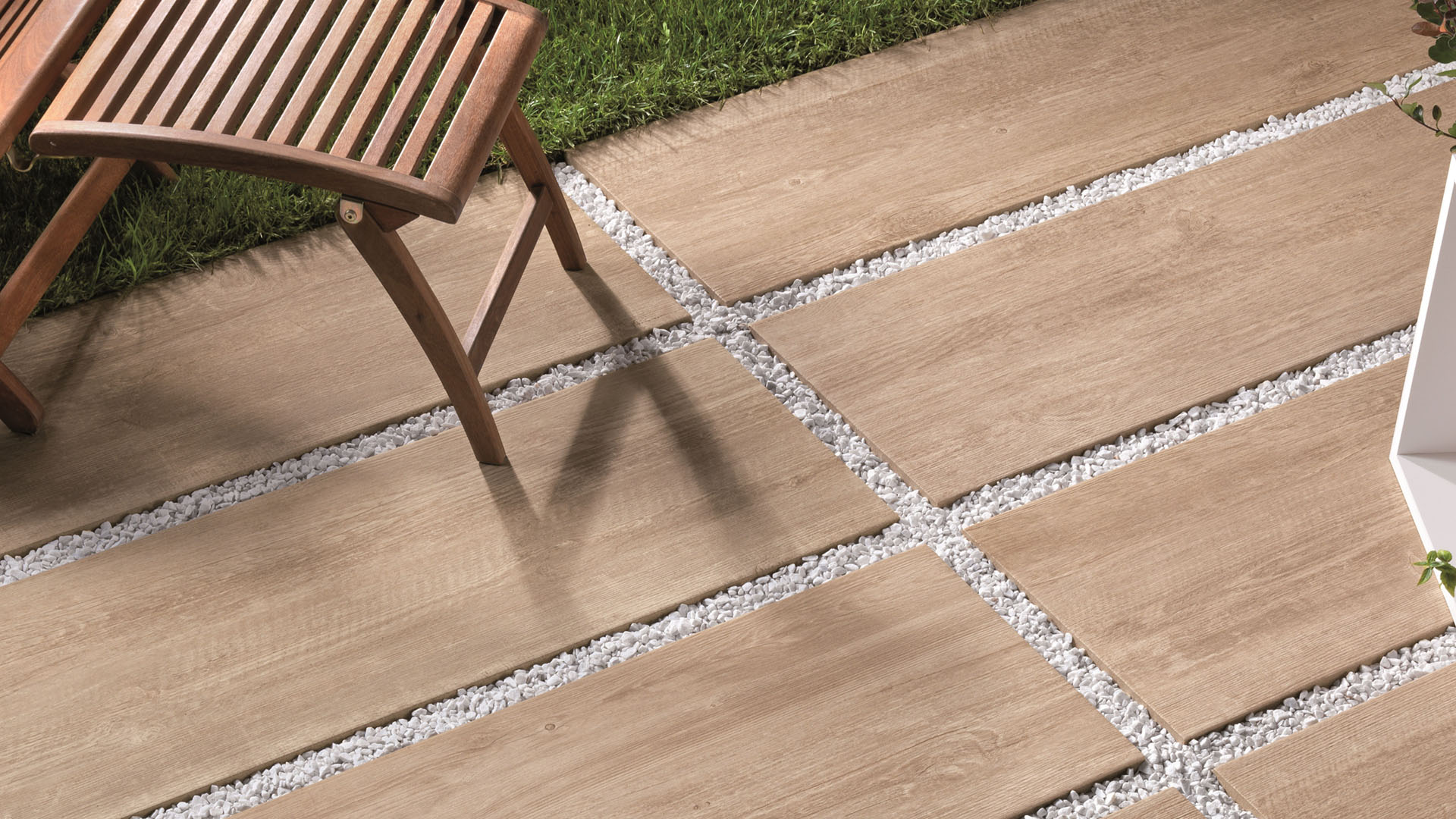
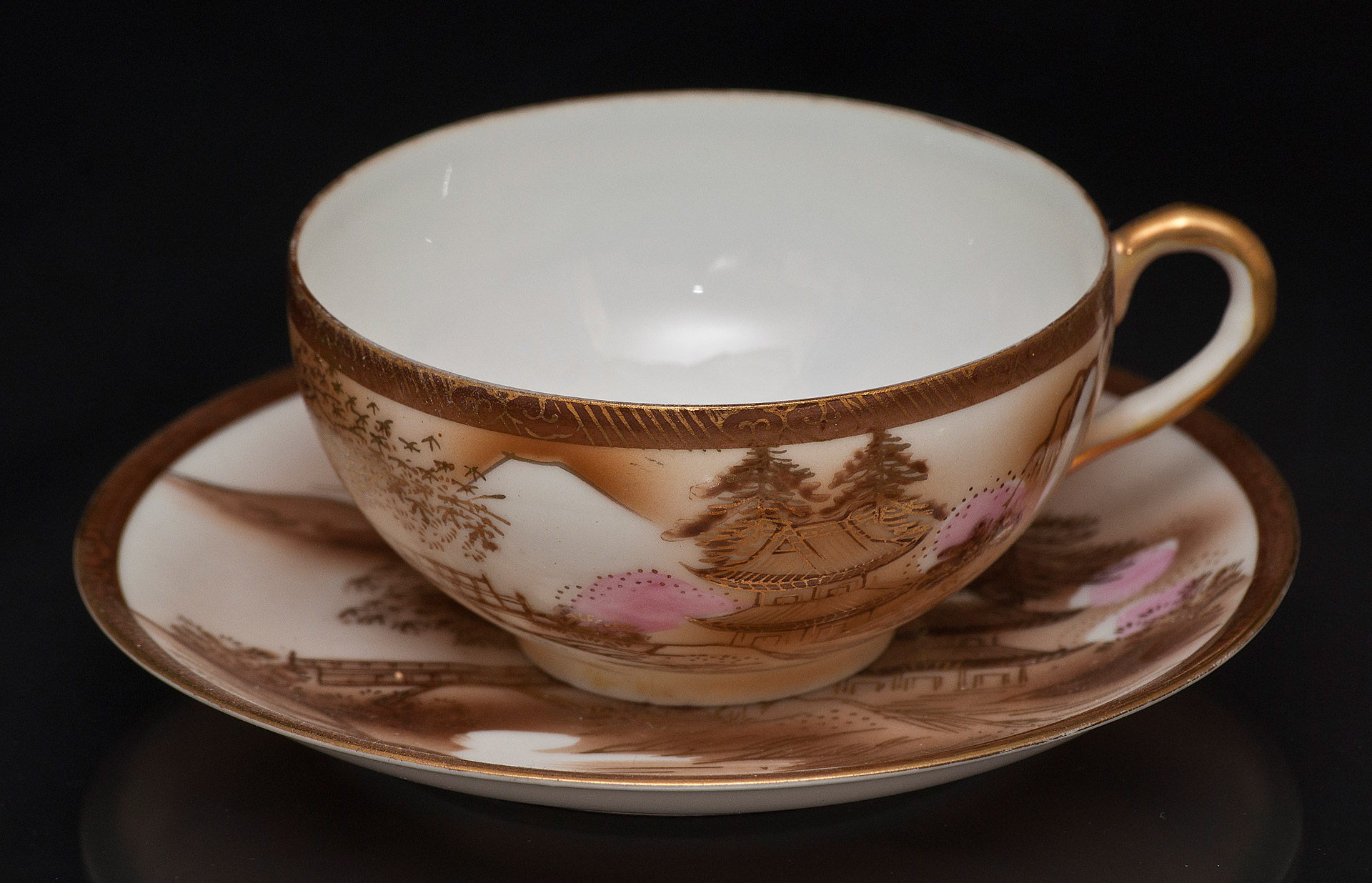

/WetPorcelainTile-5acfa0213037130037cecba0.jpg)



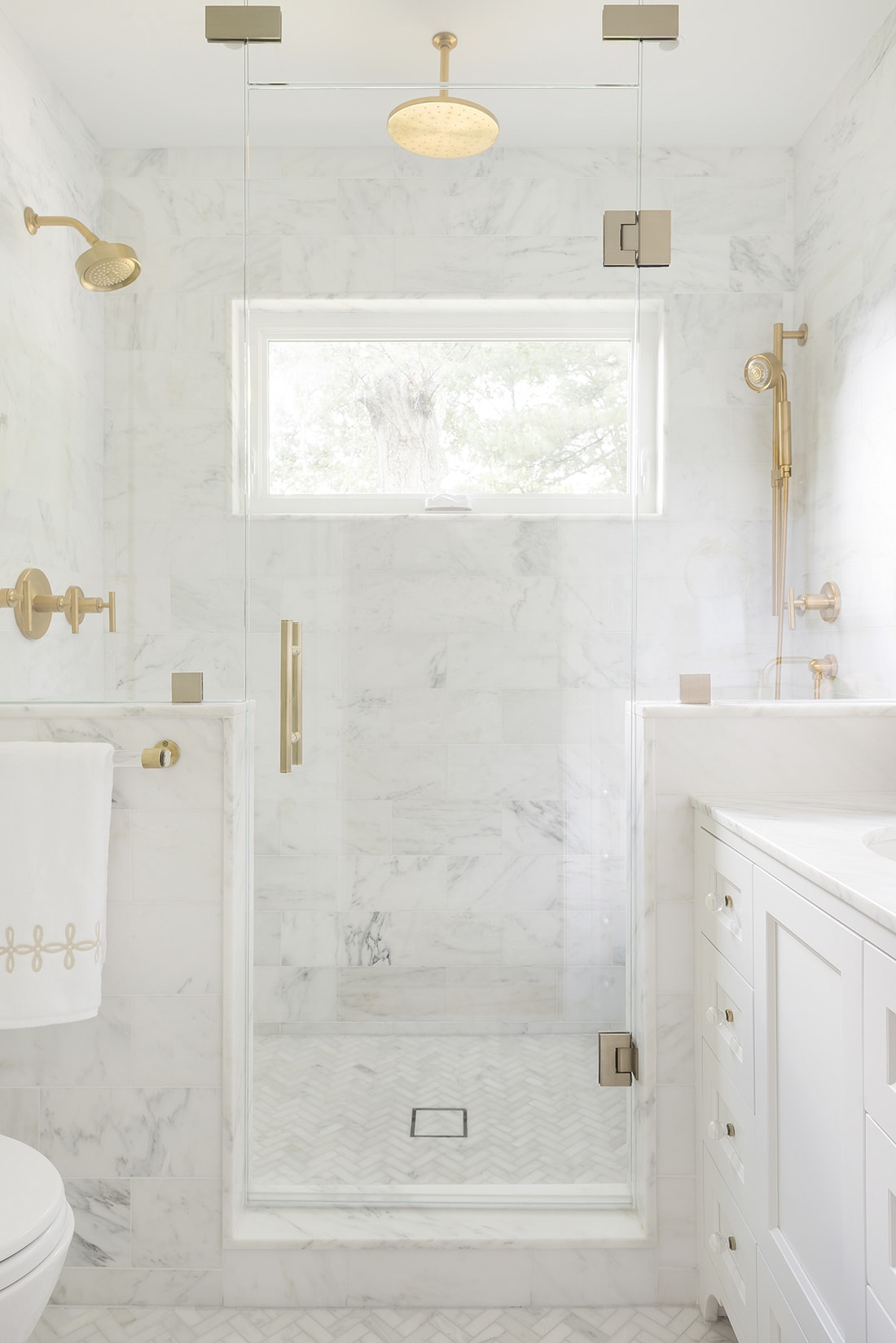
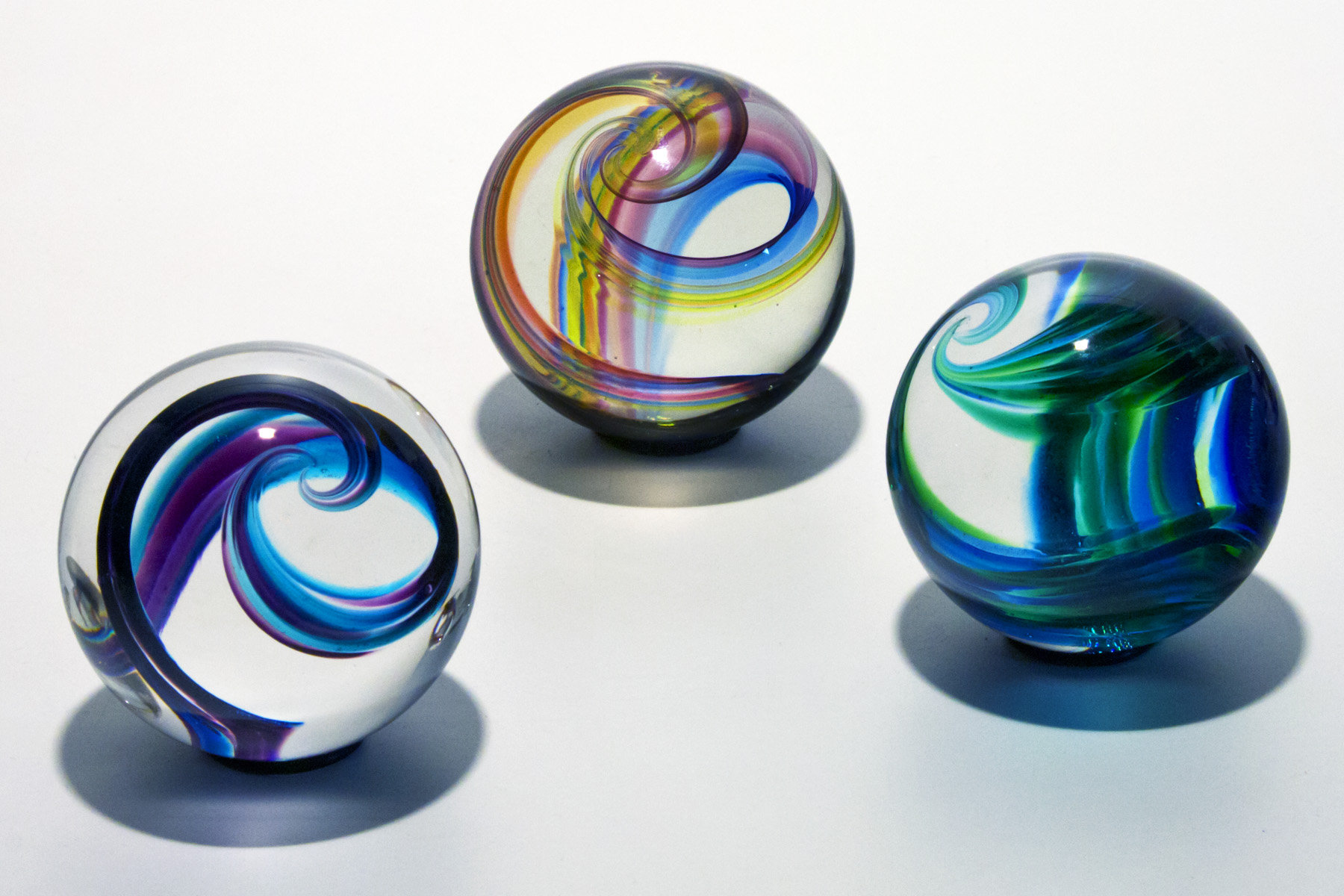

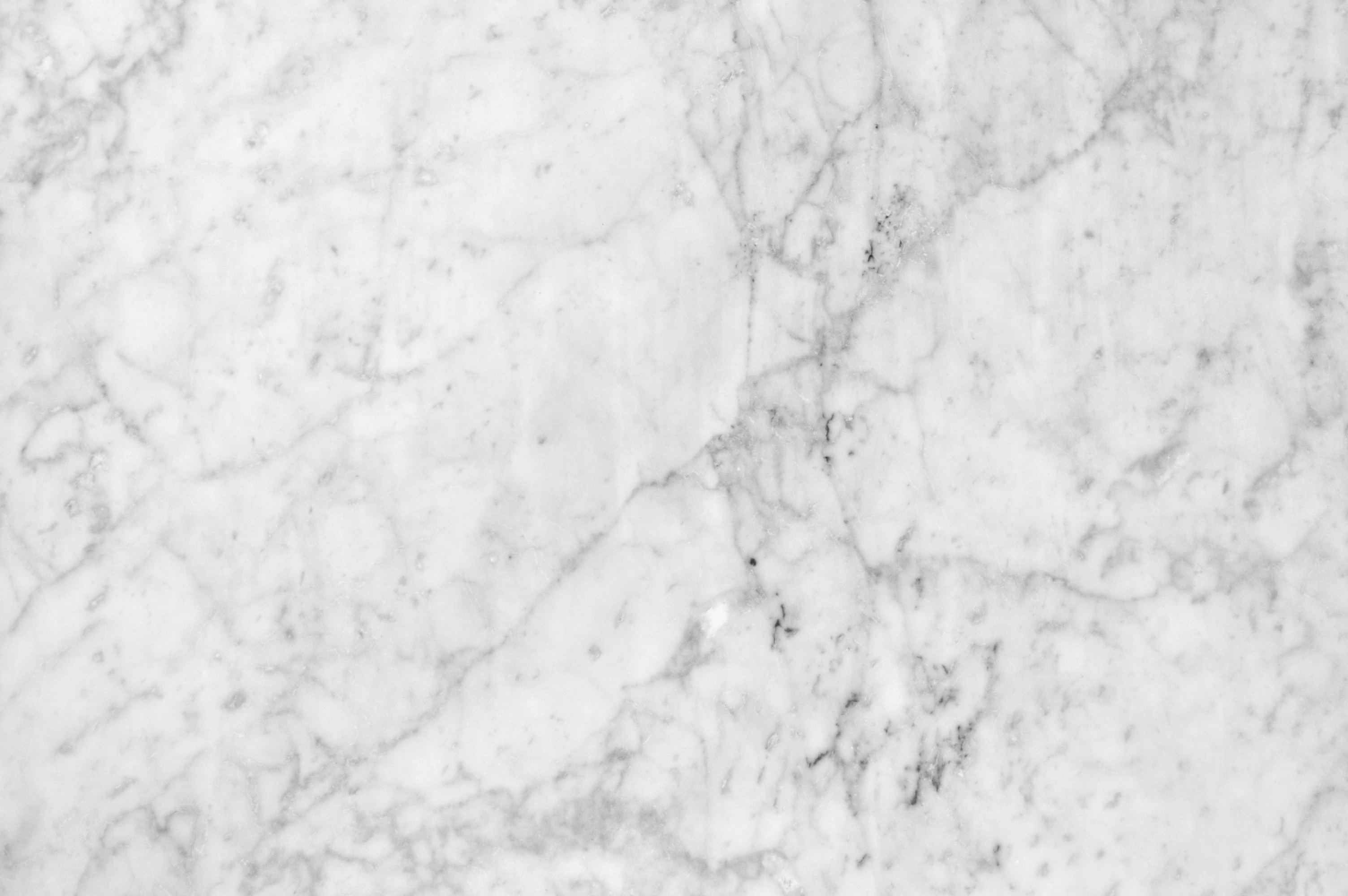

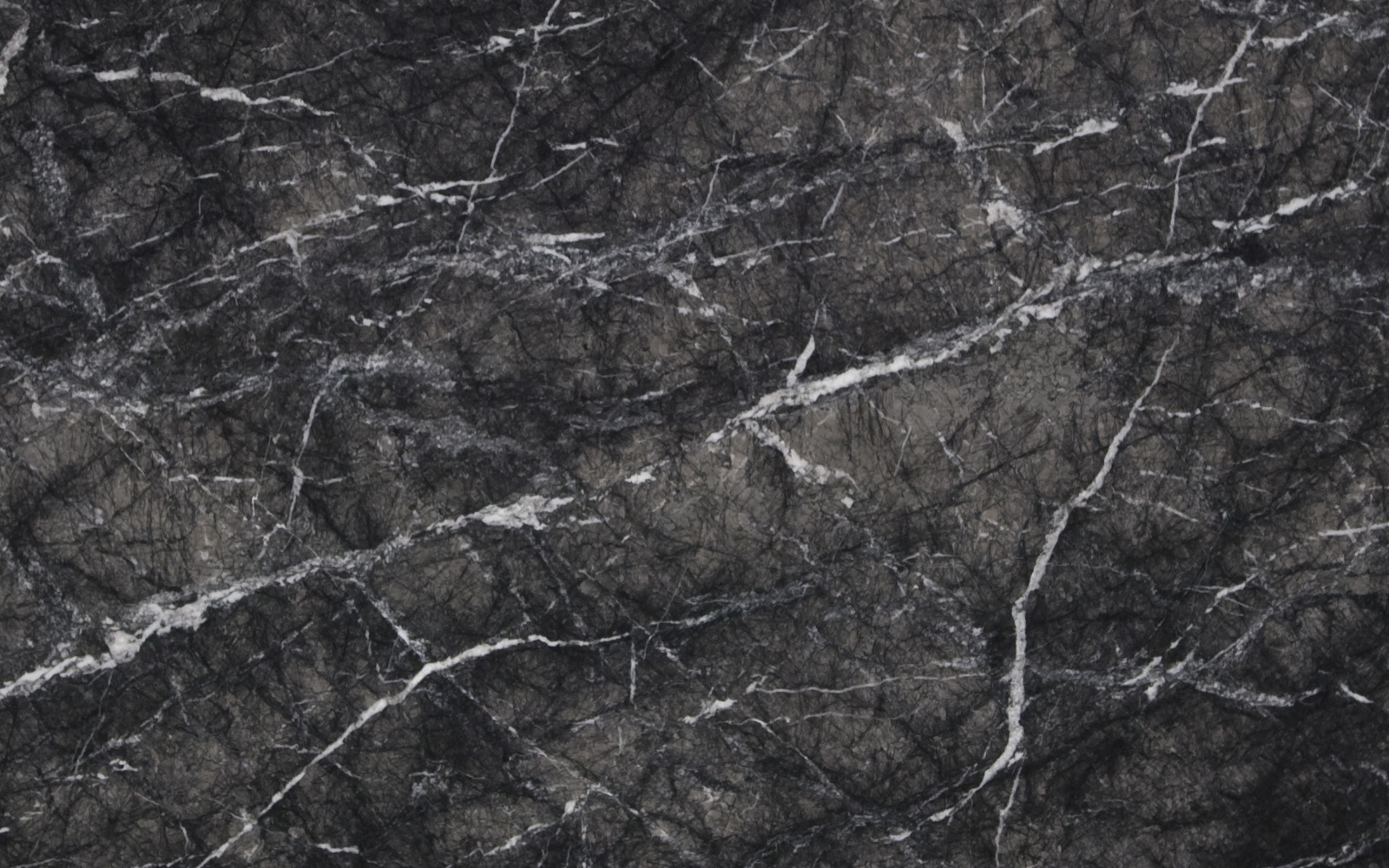
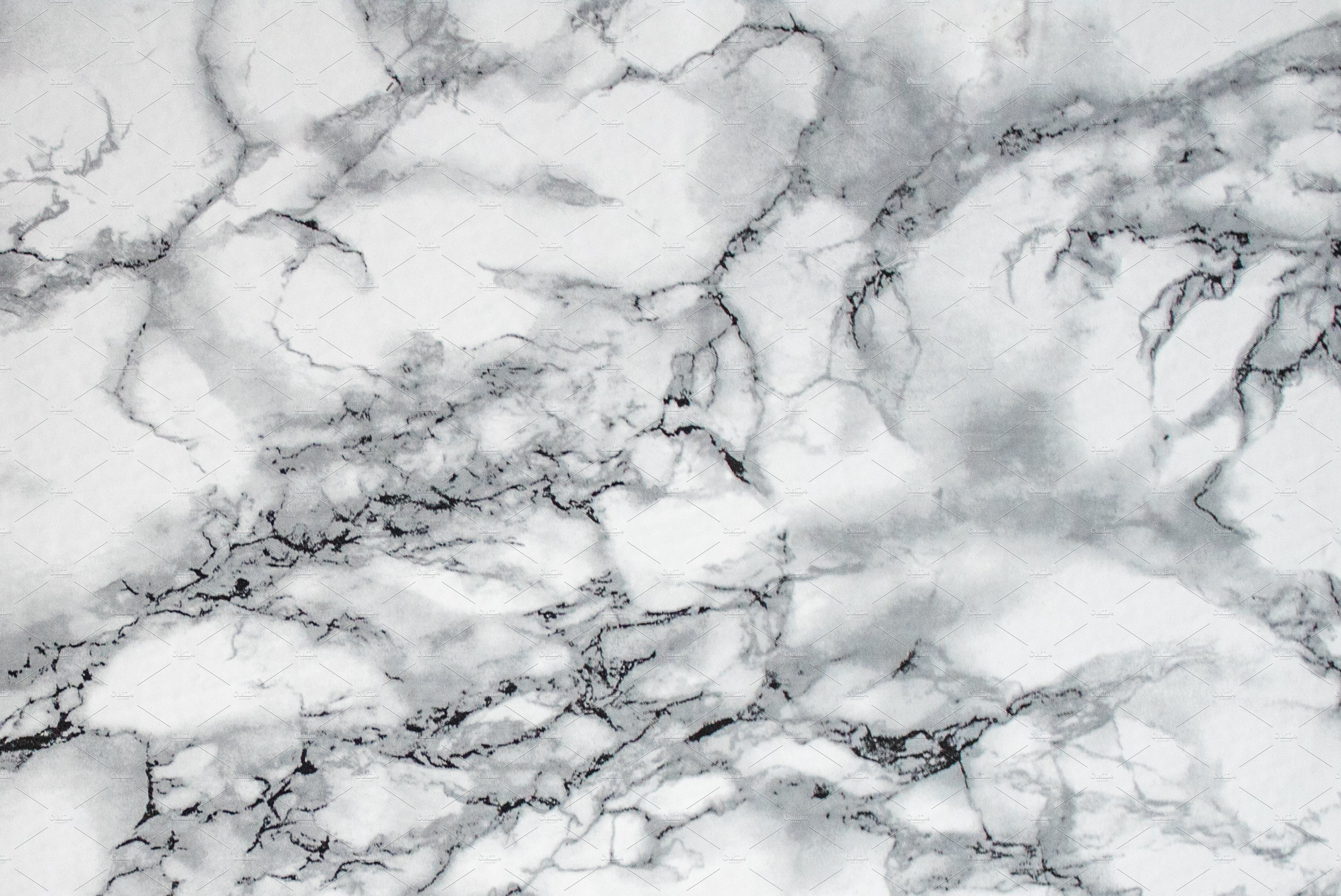
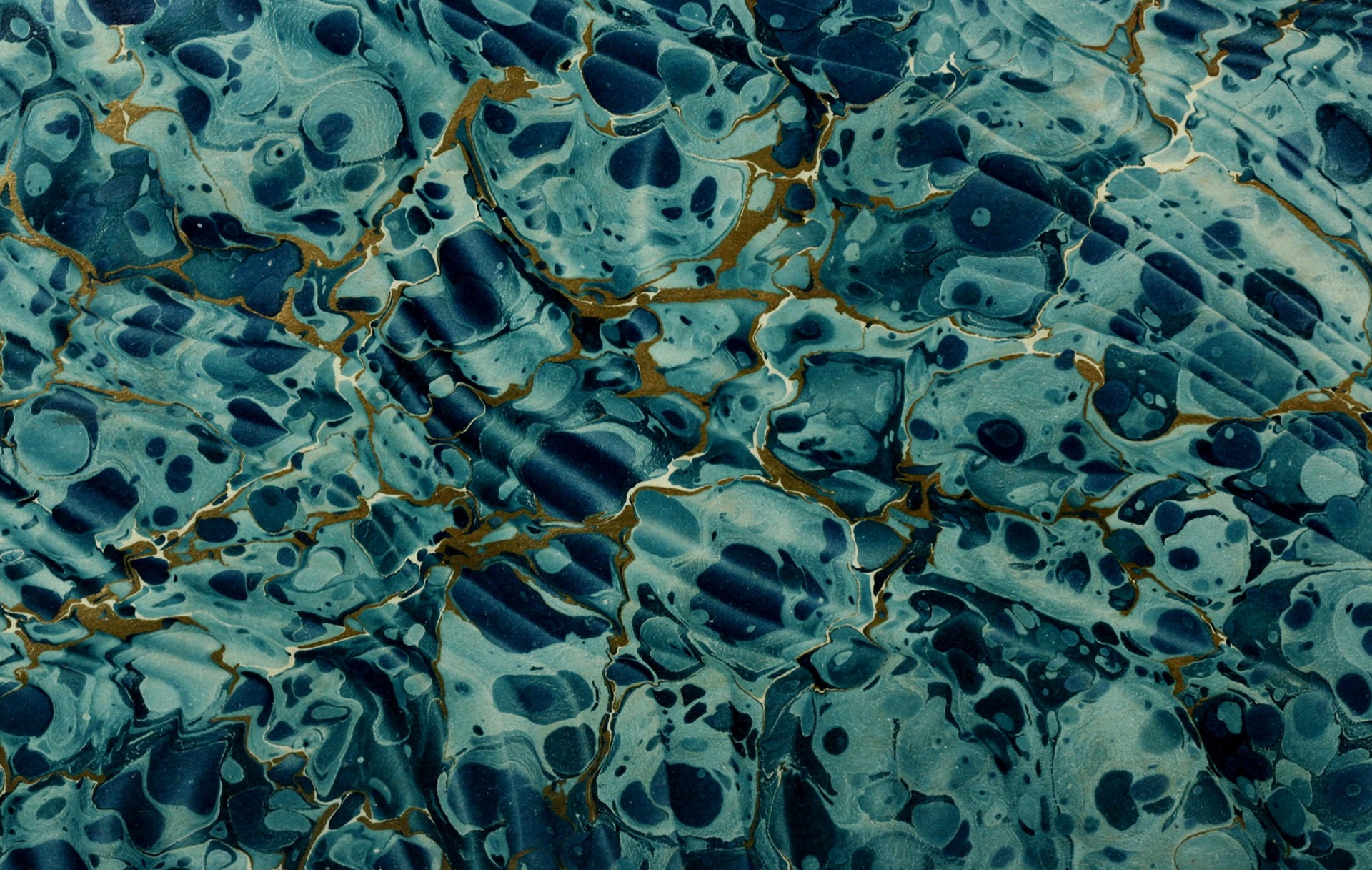




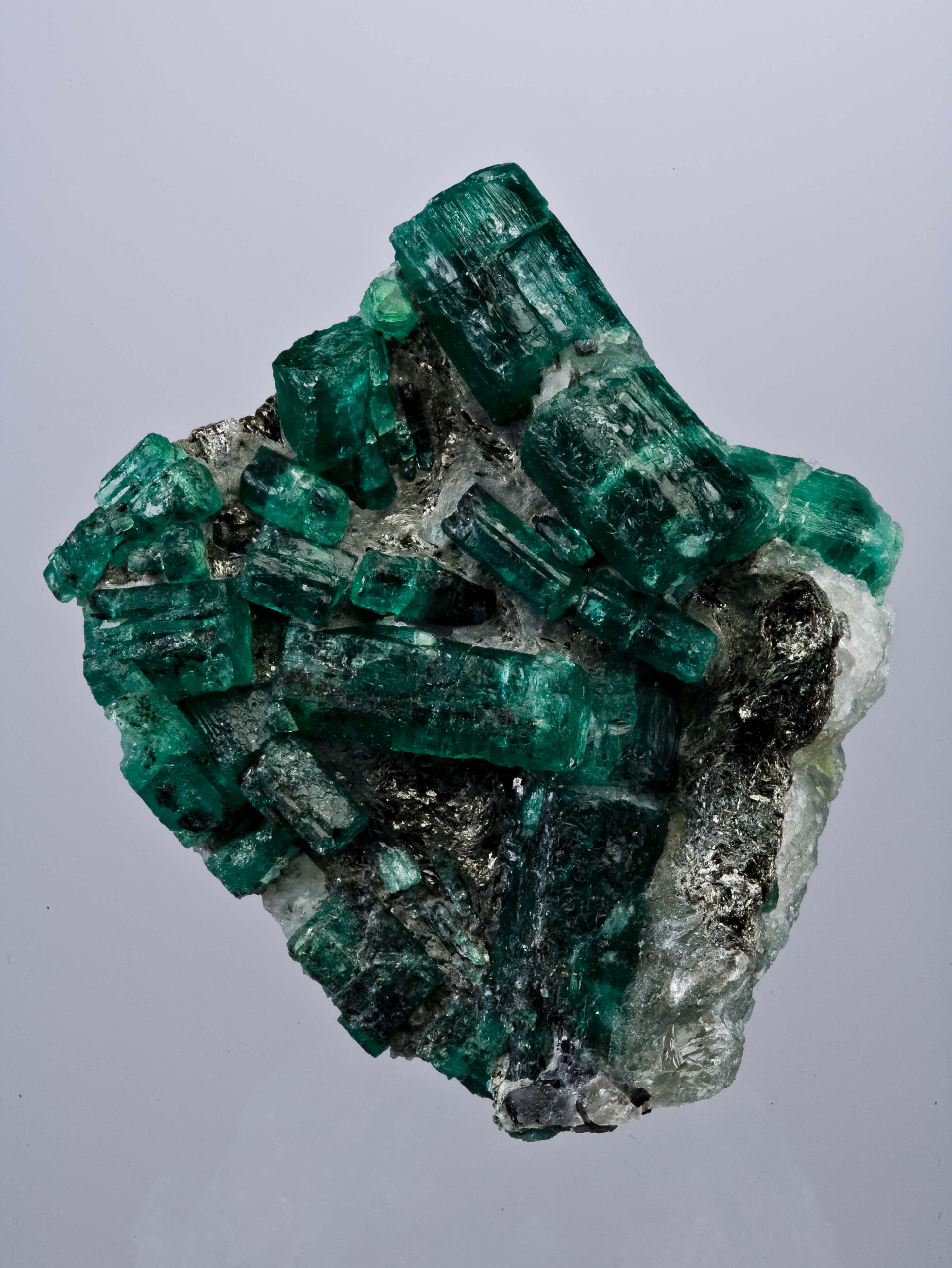
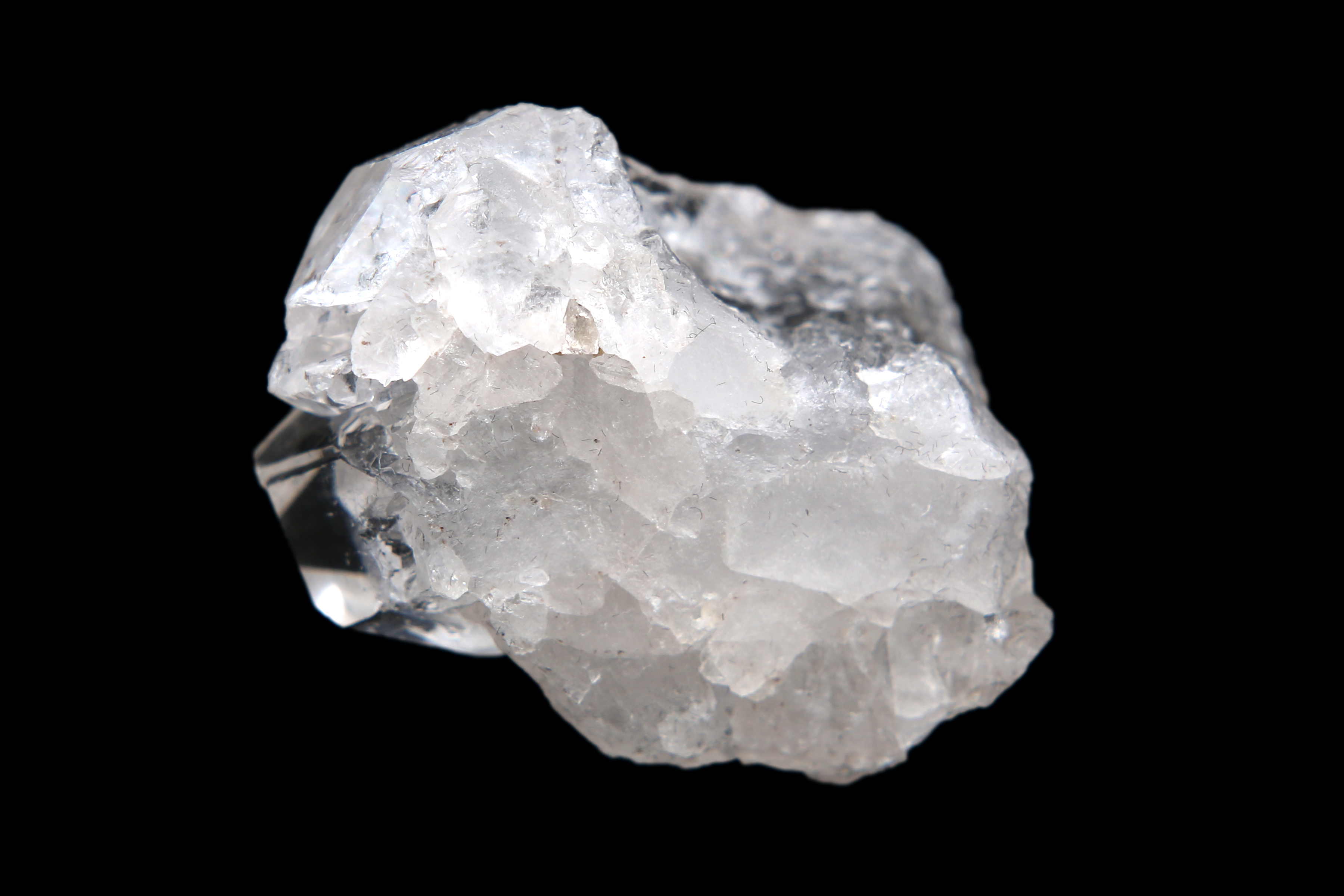

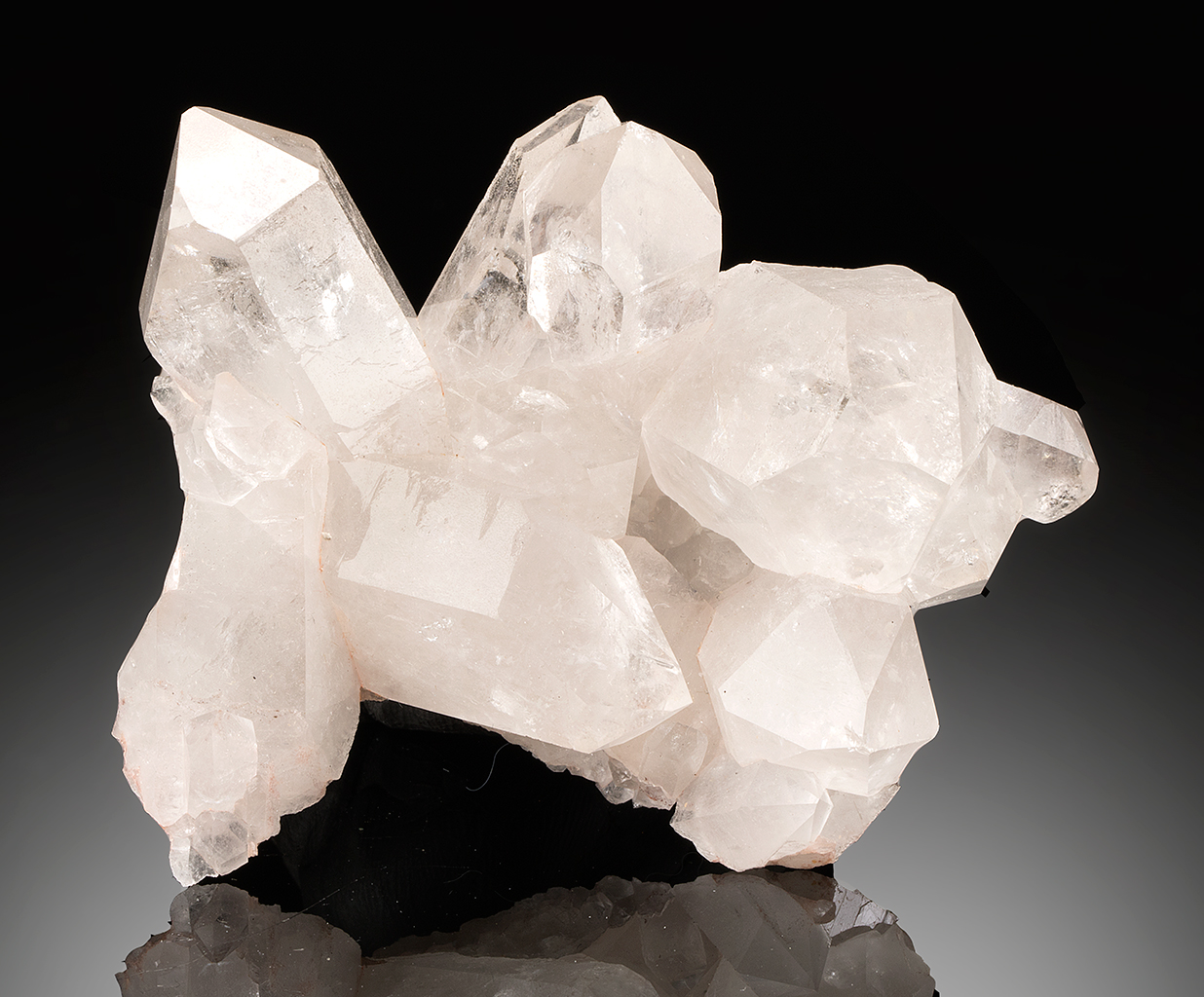
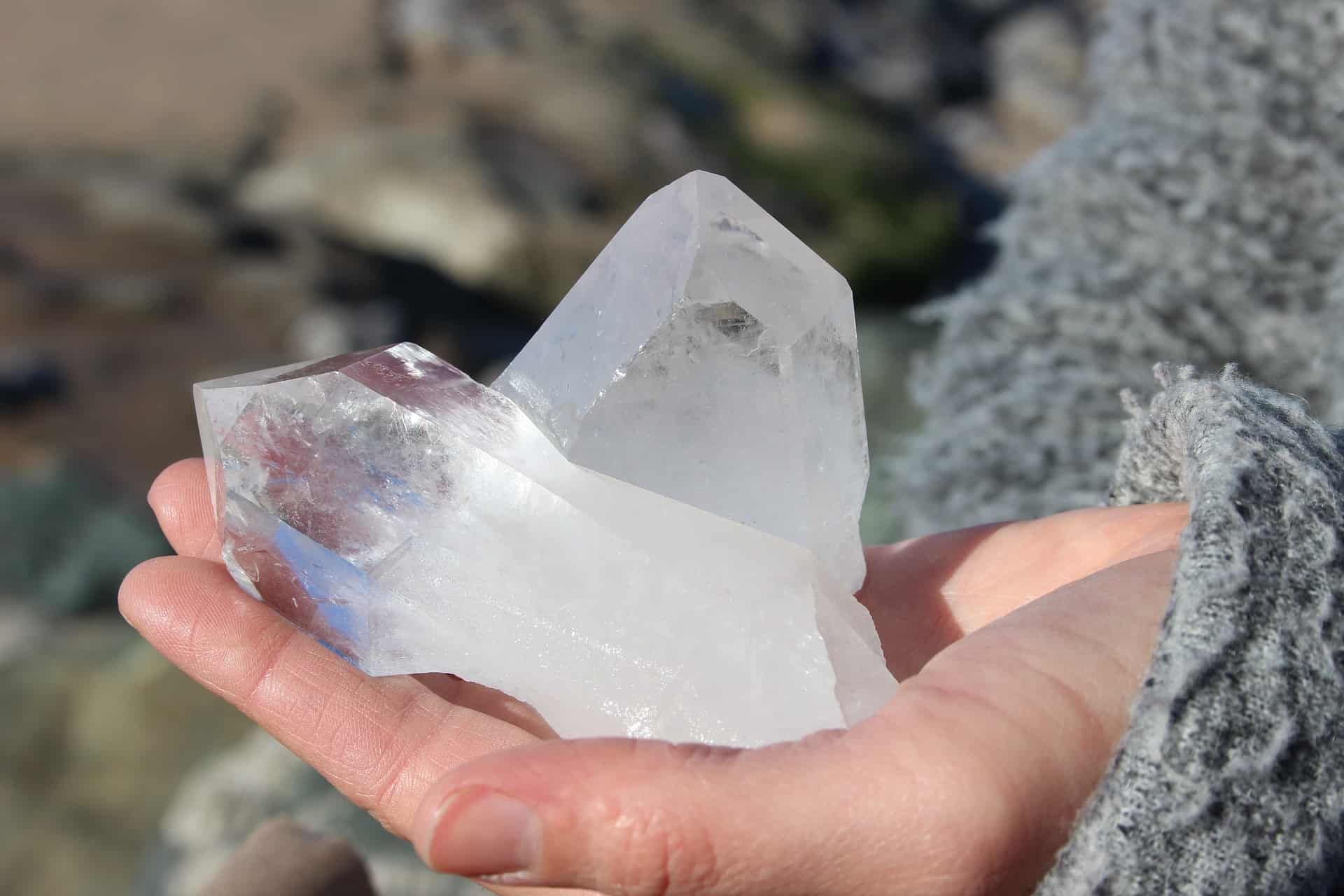
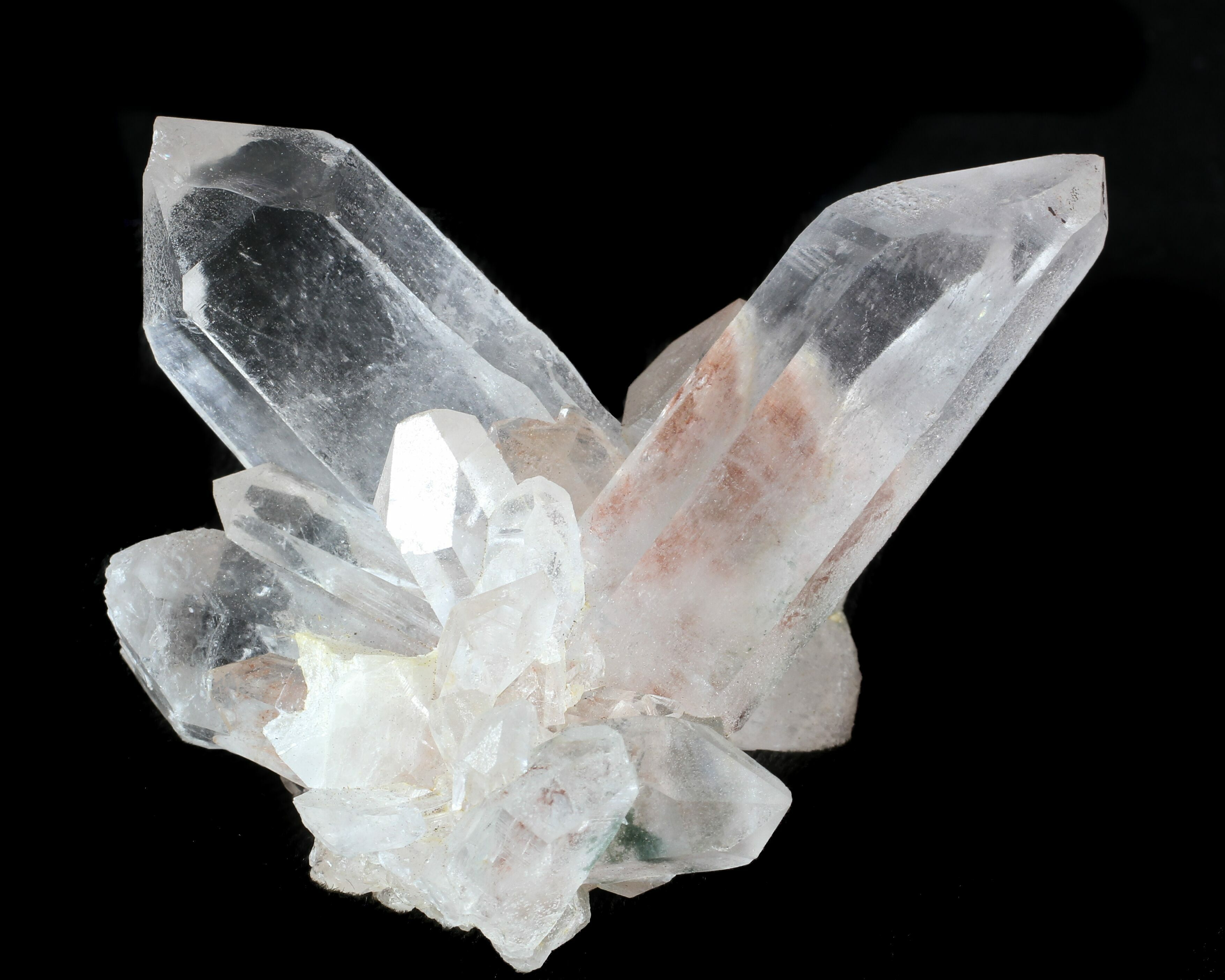
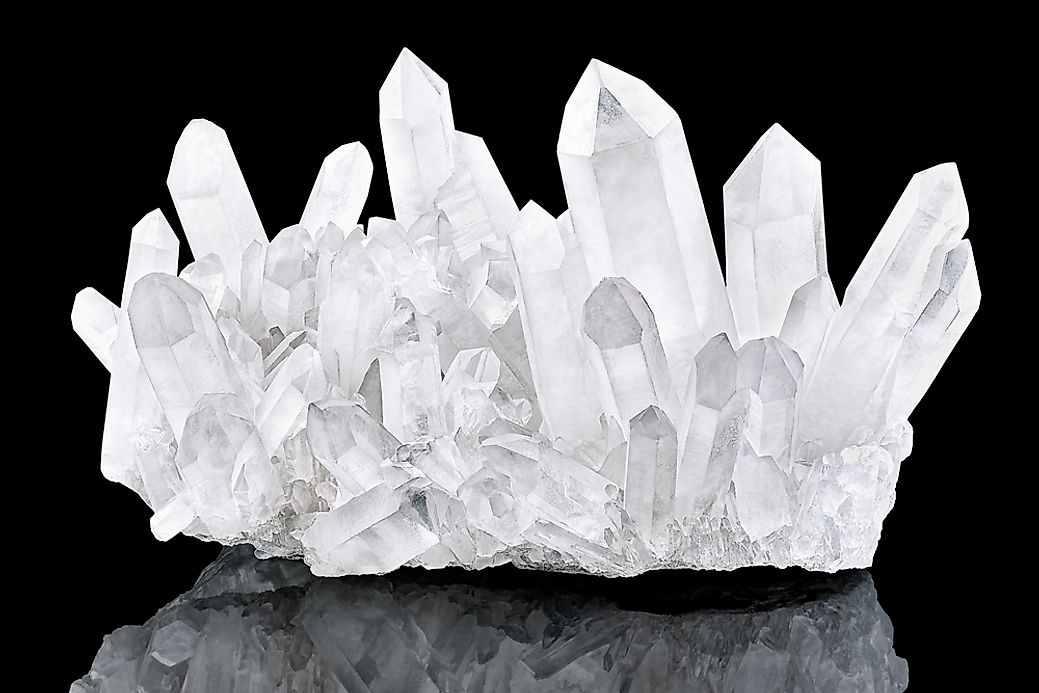
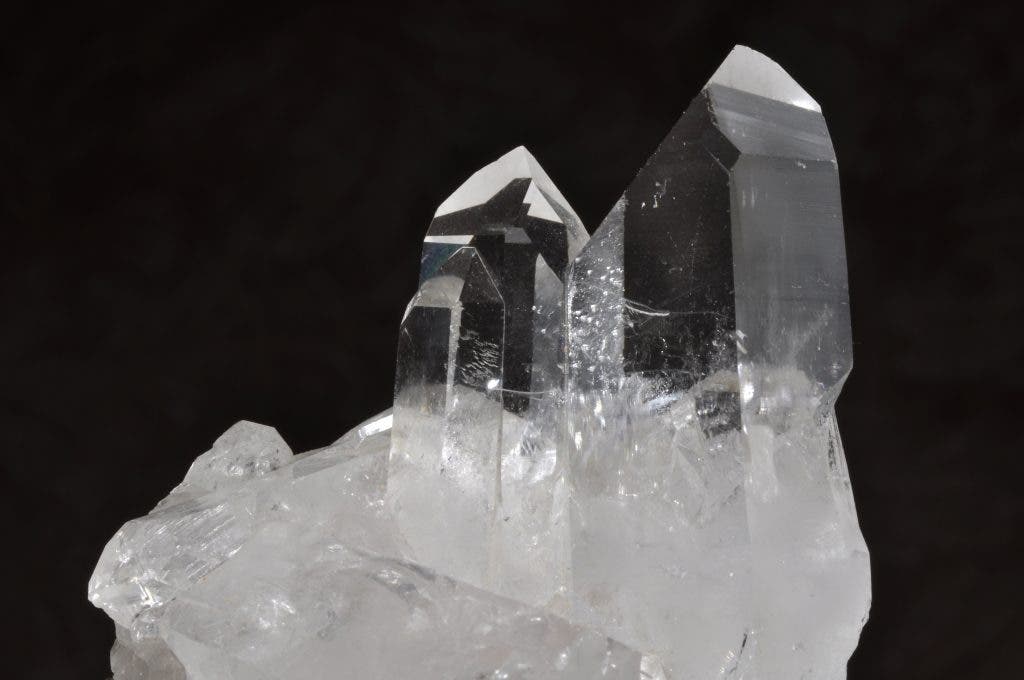




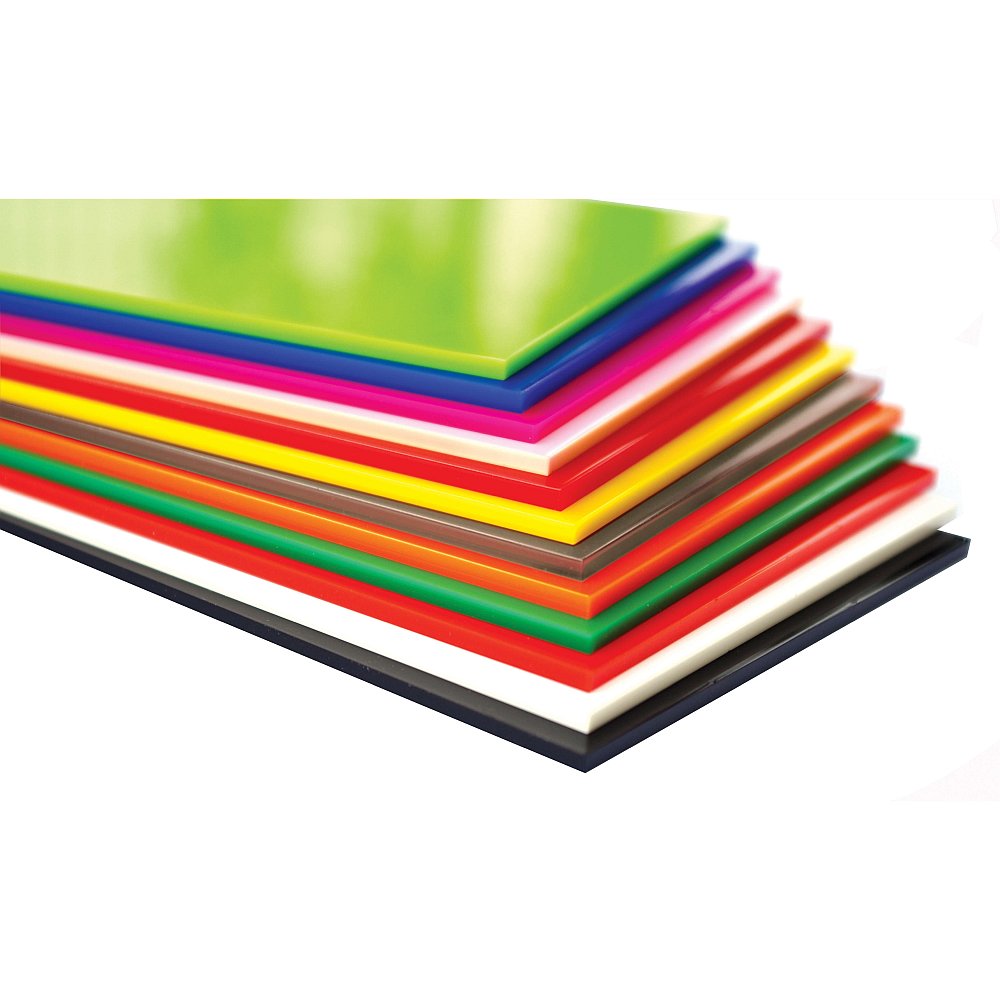
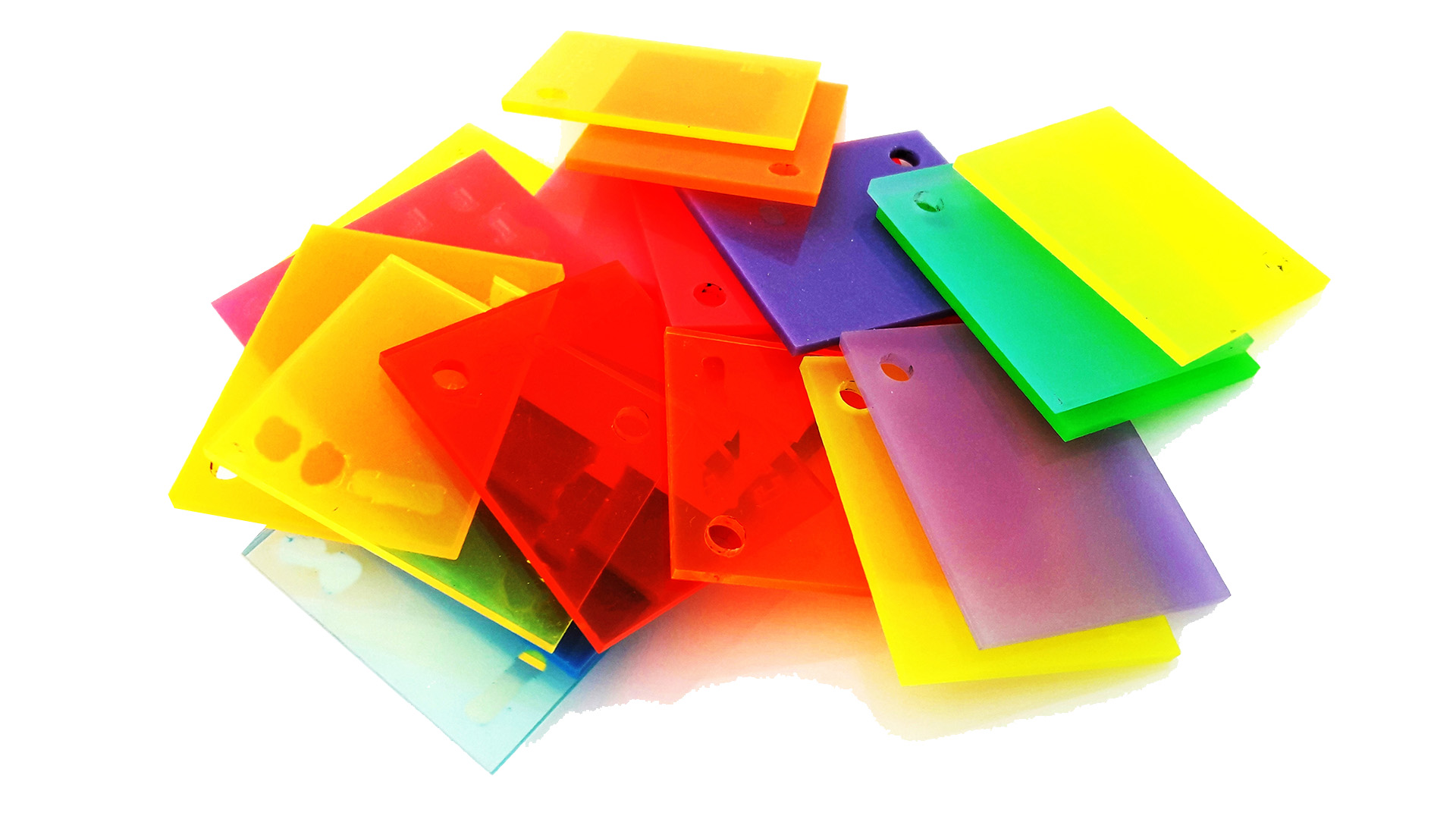
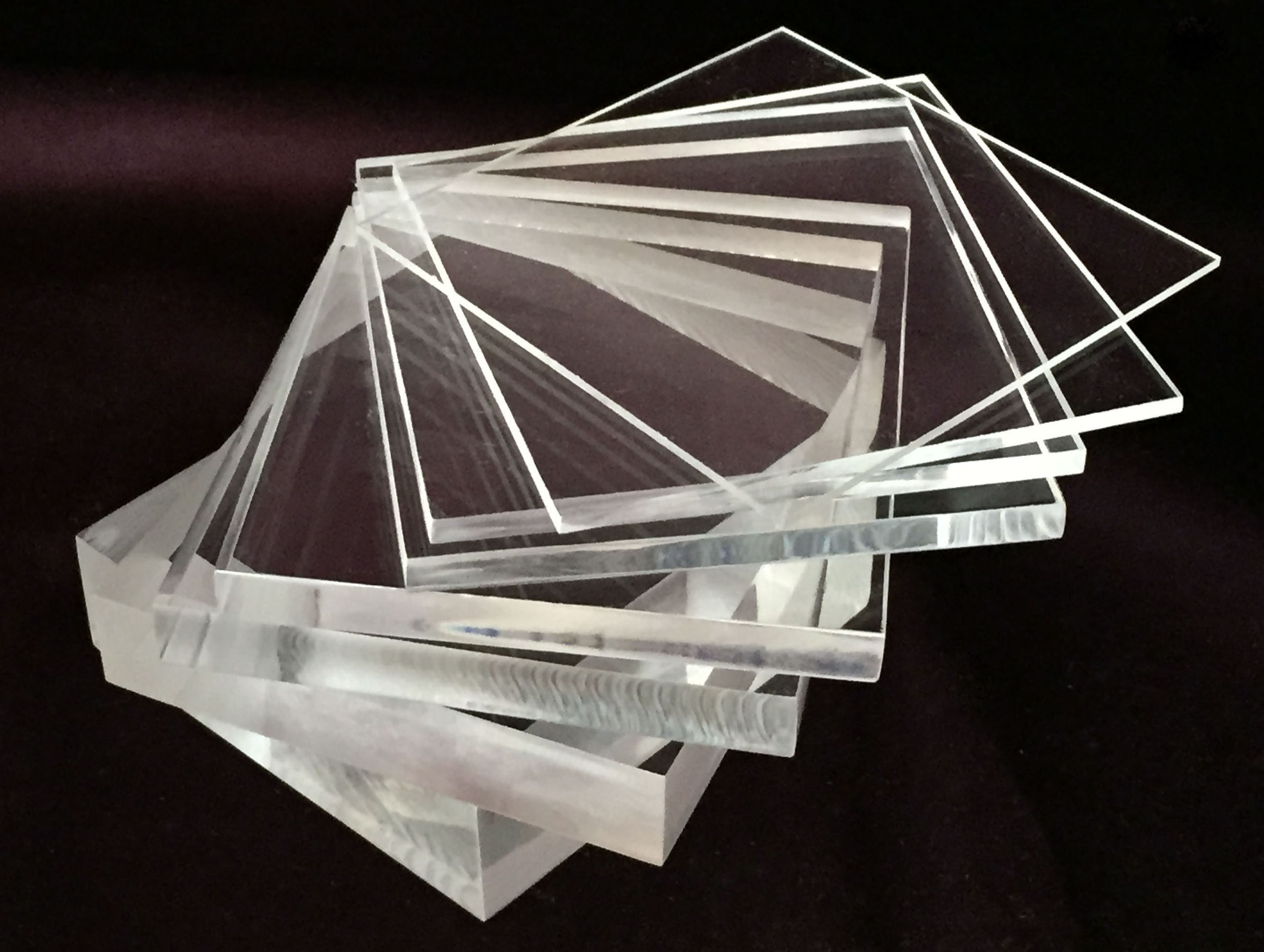
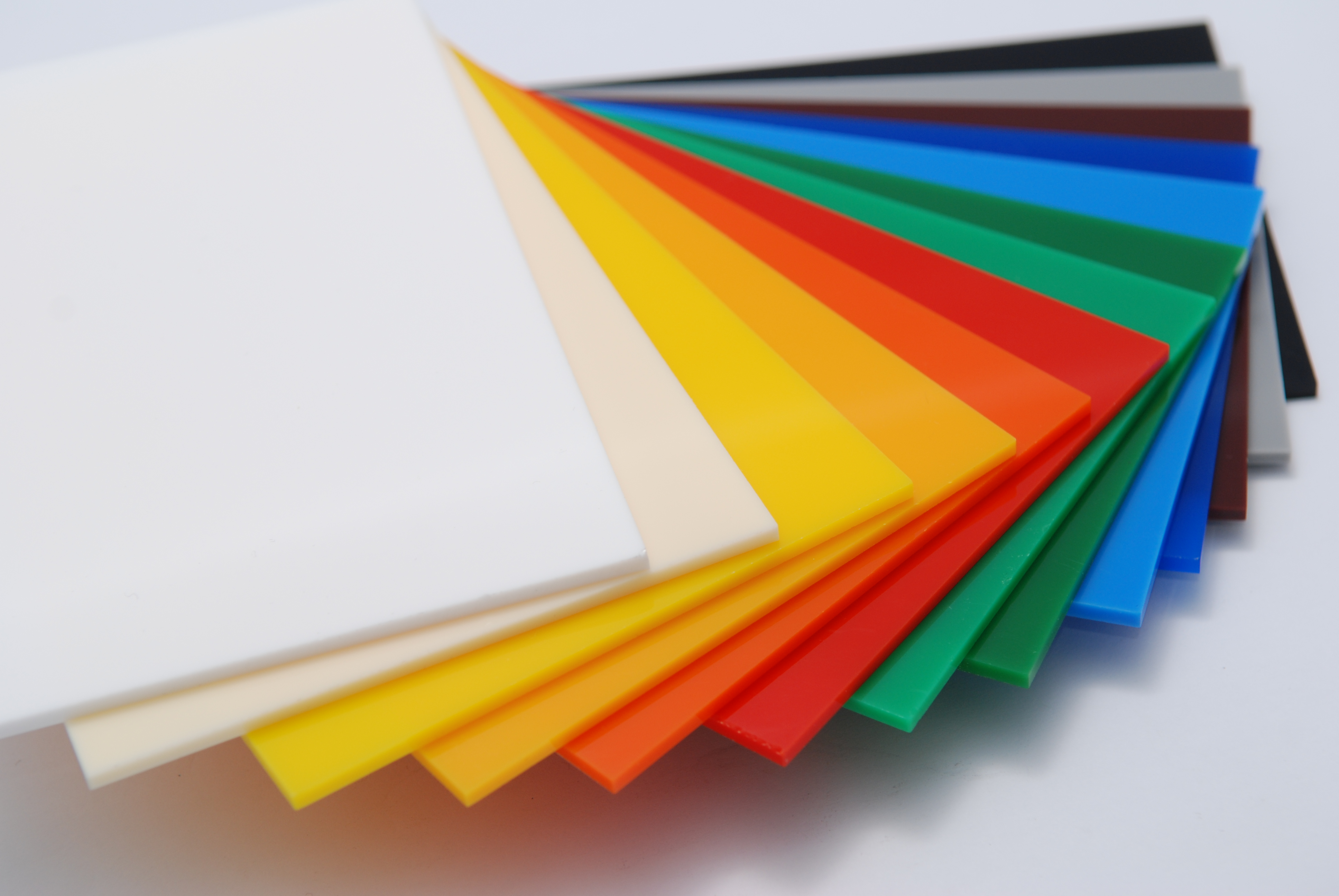
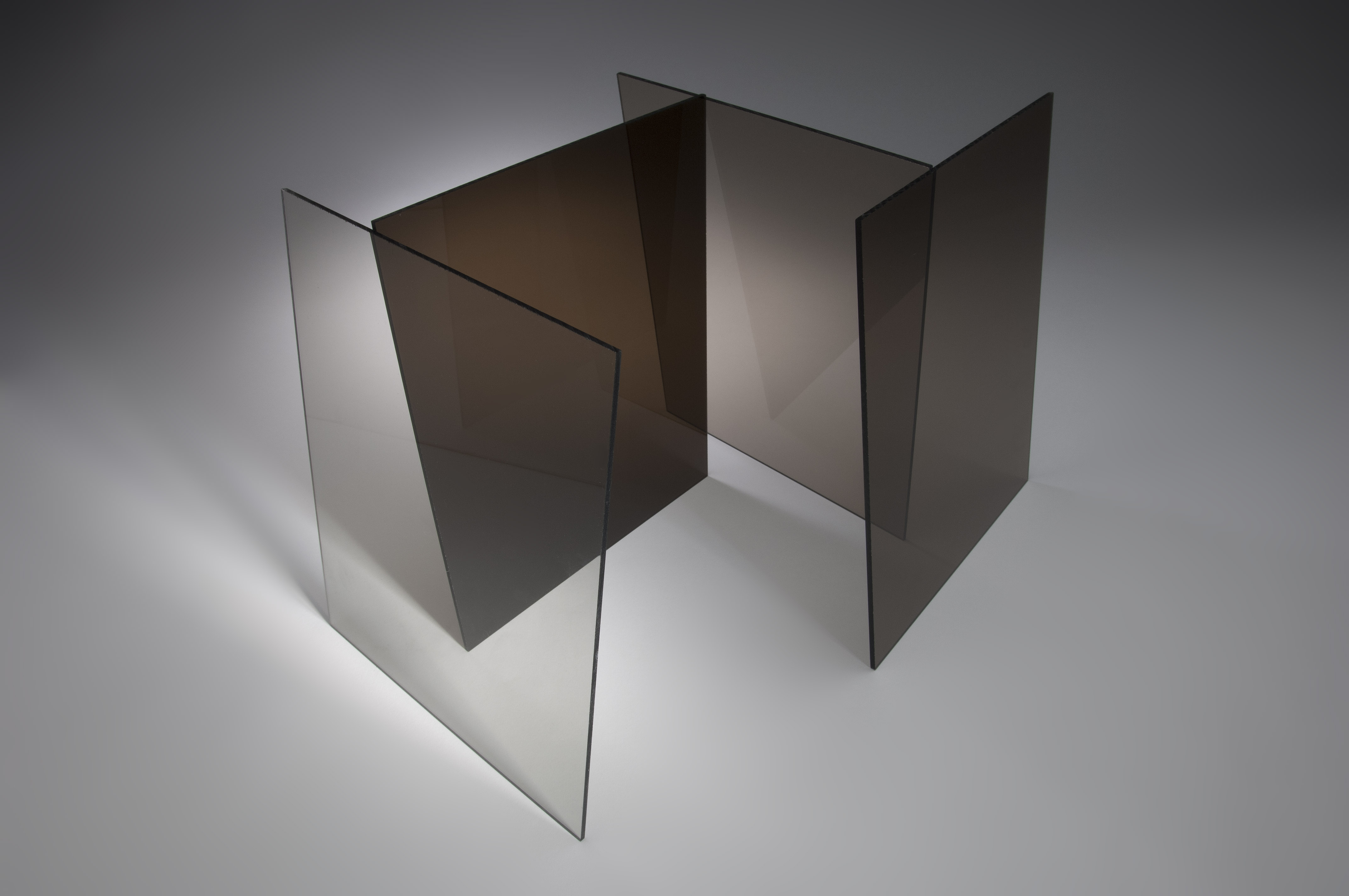
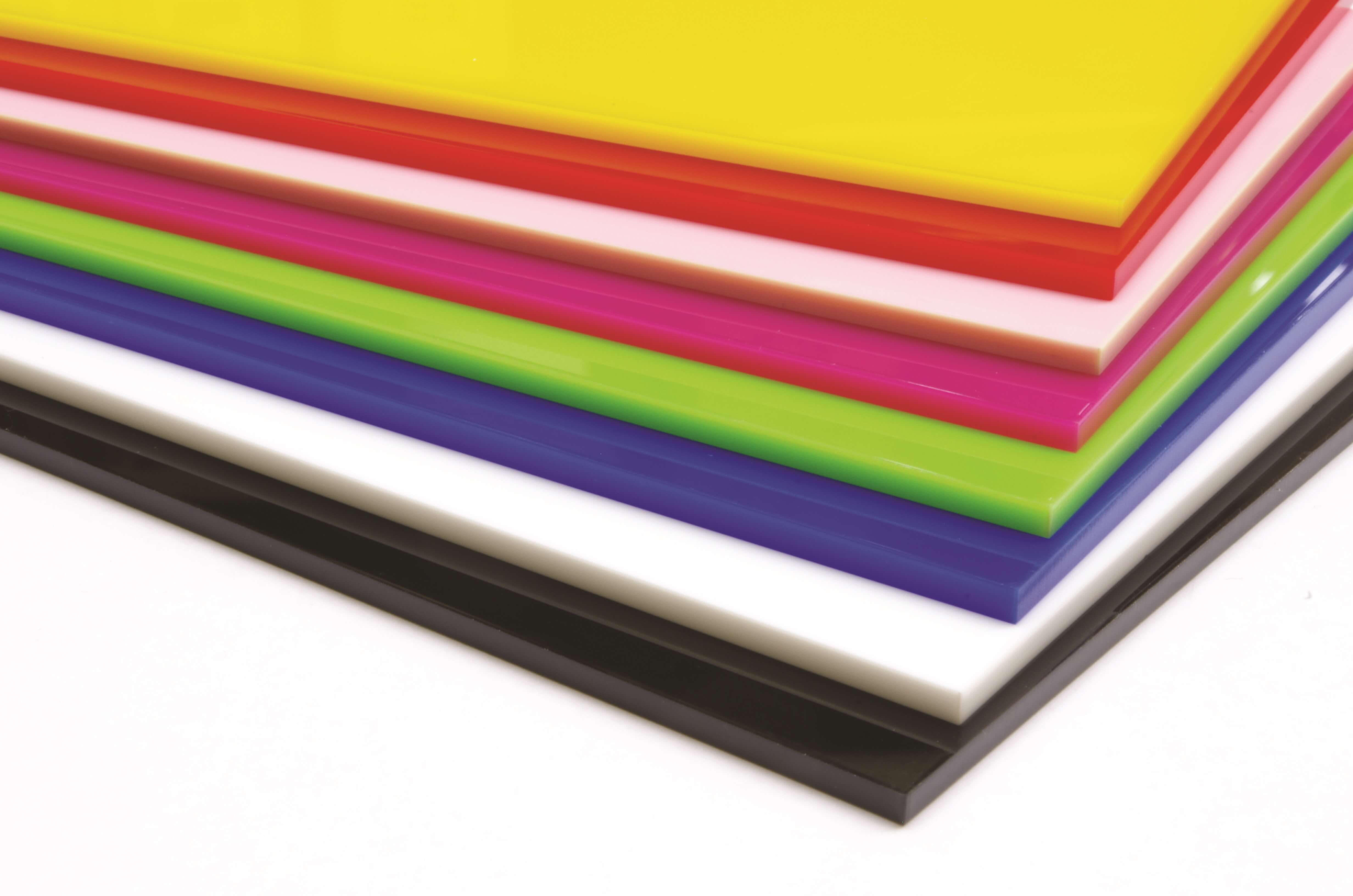
/acrylicpainttips_Beginners-56a6e7a65f9b58b7d0e56af3.jpg)

